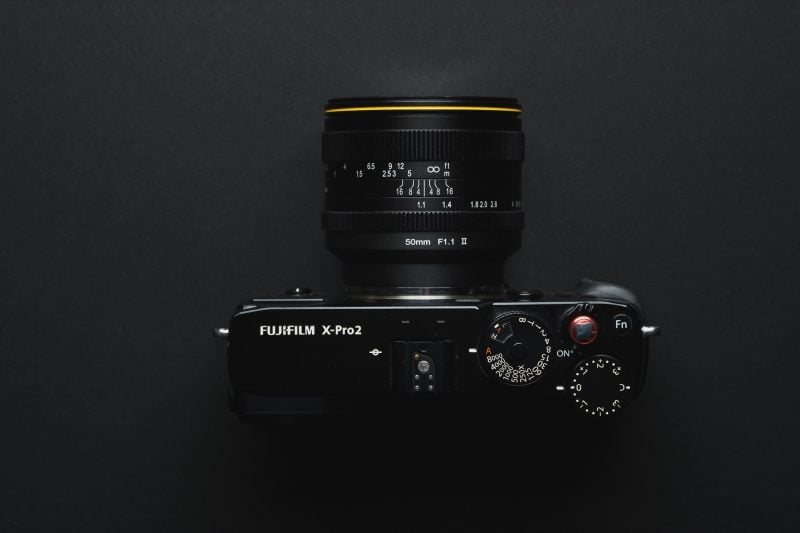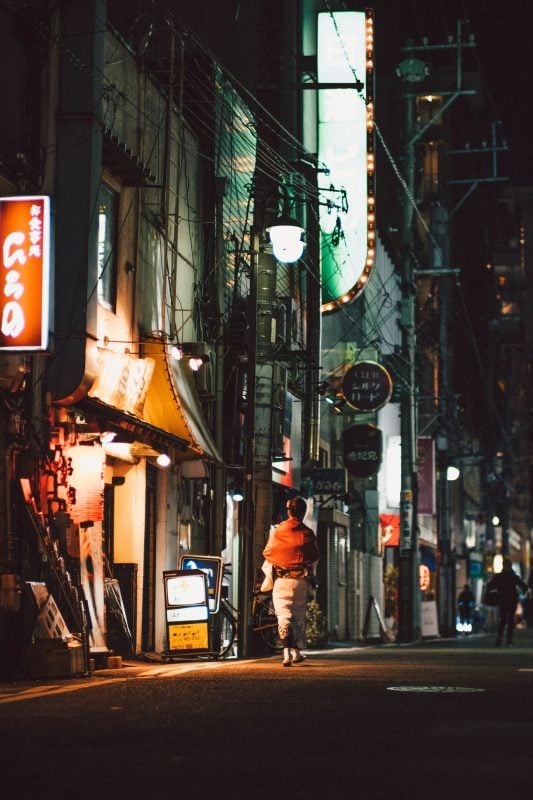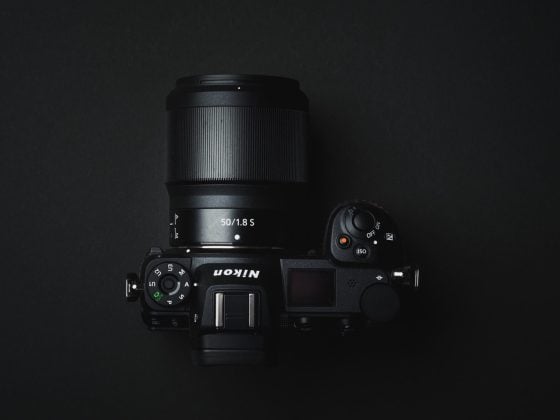The Kamlan 50mm f1.1 version II is an ultra-fast full-manual all-metal constructed 50mm f1.1 lens designed for the APS-C mount. The fast f1.1 aperture with the 75mm equivalent focal length produces a very shallow depth of field that is great for portrait photography. The lens also maintains a wide-open sharpness even at far distances, making it a great choice for low-light photography.
Kamlan 50mm f1.1 II Review
This review of the new and improved Kamlan 50mm f1.1 version 2 will be a little more portrait-heavy since that is the primary purpose for such a lens as this. I’ve also worked in some night street photography.
Lens Stats
| Focal Length: 50mm (75mm equiv) Focus System: Manual Aperture Blade: 11 Circular Blades Aperture: f1.1 – f16 Aperture Ring: DeClick Elements: 8 elements in 7 groups Coatings: I’m assuming it’s multi-coated. Weather-Sealed: No Minimum Focus Distance: 40cm Filter Threads: 62mm Weight: 600g |
Kamlan 50mm f1.1 II – Amazon
I can no longer find this lens on Amazon. I have no idea what happened.
Here is a link to the Kamlan store.
What’s Good – Decently Sharp when wide open, sharp at a distance when wide open, nice corner sharpness, great bokeh, beautiful rendering, great build quality, 11R aperture produces great bokeh even stopped down, very little cat eye bokeh, well priced.
What’s Bad – Some lateral CA, flaring, only 180-degree focus ring.
Table Of Contents

Kamlan 50mm f1.1 II Impressions
I have a lot to say about this lens, and a lot of it stems from the idea constantly being pushed online that faster lenses are somehow better or more professional. In reality, faster lenses only offer a different look—shallow depth.
Slower lenses also can often offer a different look, higher-micro contrast, and usually better IQ, yet this is disregarded. I think this comes from this strange perception people get that because faster lenses are more expensive (since they require more materials to make right), they must be better. You’re getting a tool that offers a different look, not necessarily a better one. Just because this lens is an f1.1 does not mean it is better than an f1.2 or f1.4 lens, but it is capable of producing very shallow depth with a good low-light performance, which is great in some situations.
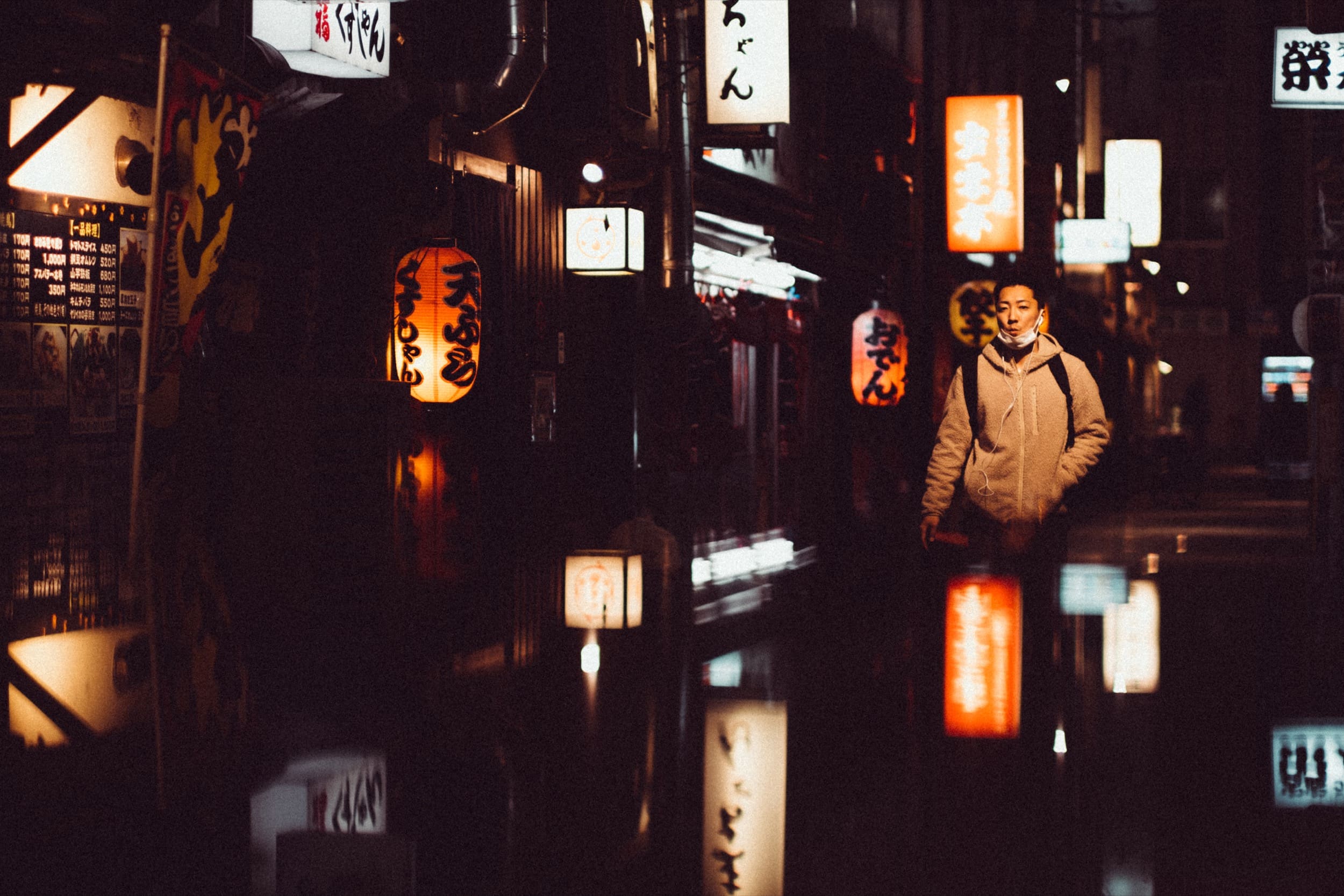
The only reason I bring this up is that when you have fast lenses like this, you, or at least I tend to shoot wide open all the time, and with a manual focus lens, it completely kicks my ass. I shoot manual a lot, I’m good at it, and this lens still kicks my ass, and I miss out on a lot of shots because of this.
I’m trying to say that shooting with an f1.1 manual focus lens might not be in your best interest. It’s hard, frustrating, and rewarding when you get it right. So, know what you’re getting into. Yes, you can always stop down, but then you’ll get better image quality from a lens designed for slower apertures.
The ideal aperture for a 50mm APS-C street low-light photographer would be f1.4. However, there are no f1.4 lenses that are as good and cheap as this lens, which is even at f1.4, making it very appealing now.
Ideally, you’ll really want this lens for shooting things that are still. Portraits and some low-light travel stuff. The 180-degree focus ring makes it a little difficult to track subjects moving with precision. However, suppose you’re good about shooting at the appropriate aperture for the given situation because of the 11R aperture blades. In that case, you really can take advantage of the great-looking bokeh even at slower apertures.
With it, you can shoot street photography at night wide open, but it’s very challenging and takes a lot of practice and patience. I eventually had to change my style and start shooting people who were not moving so much.
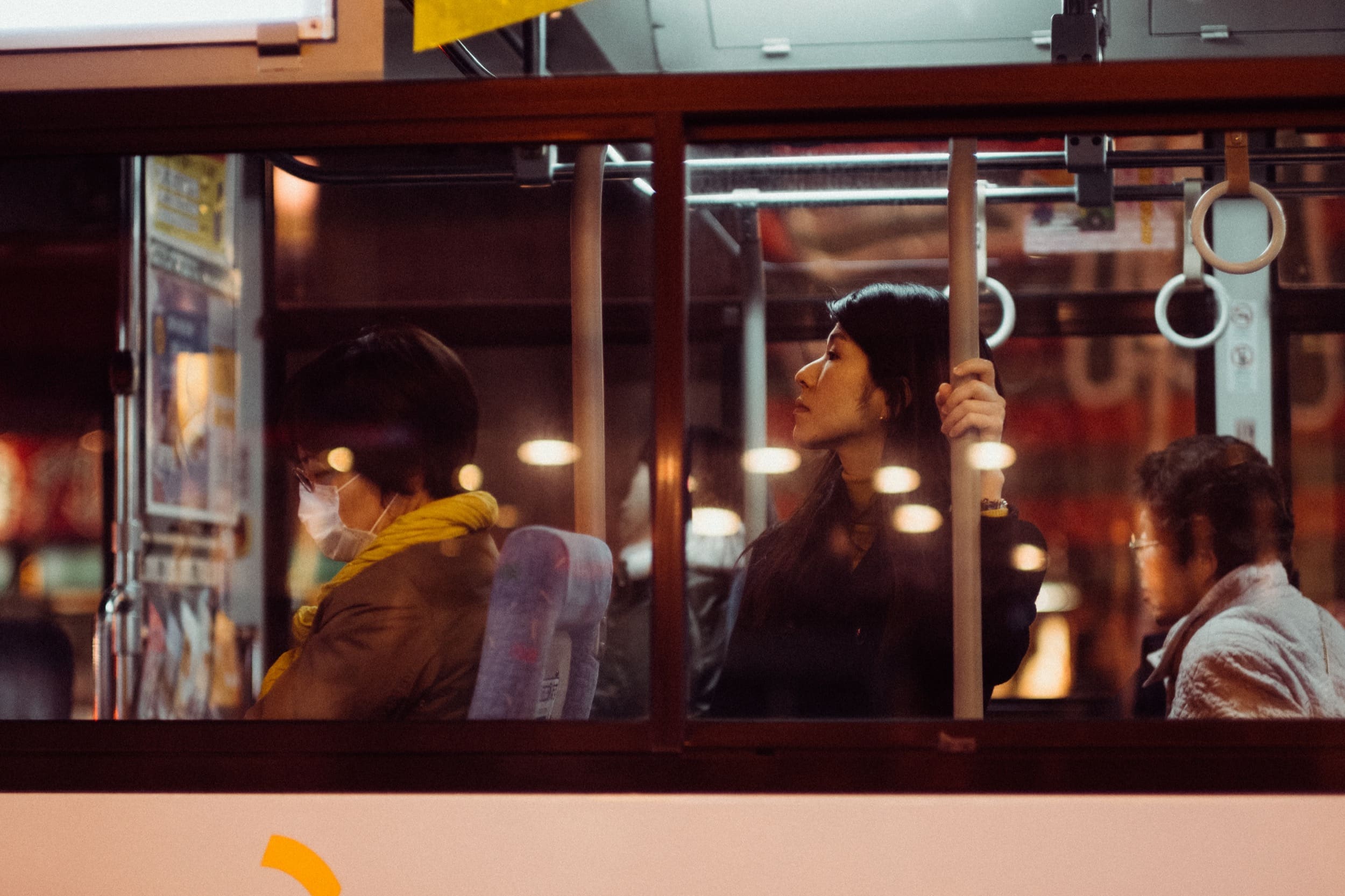
The look this lens produces is incredible. I love the way it renders, flares, and the build quality. Kamlan just got so many things right. By the way, I bought this lens like I do most of my lenses for my reviews.

Build Quality
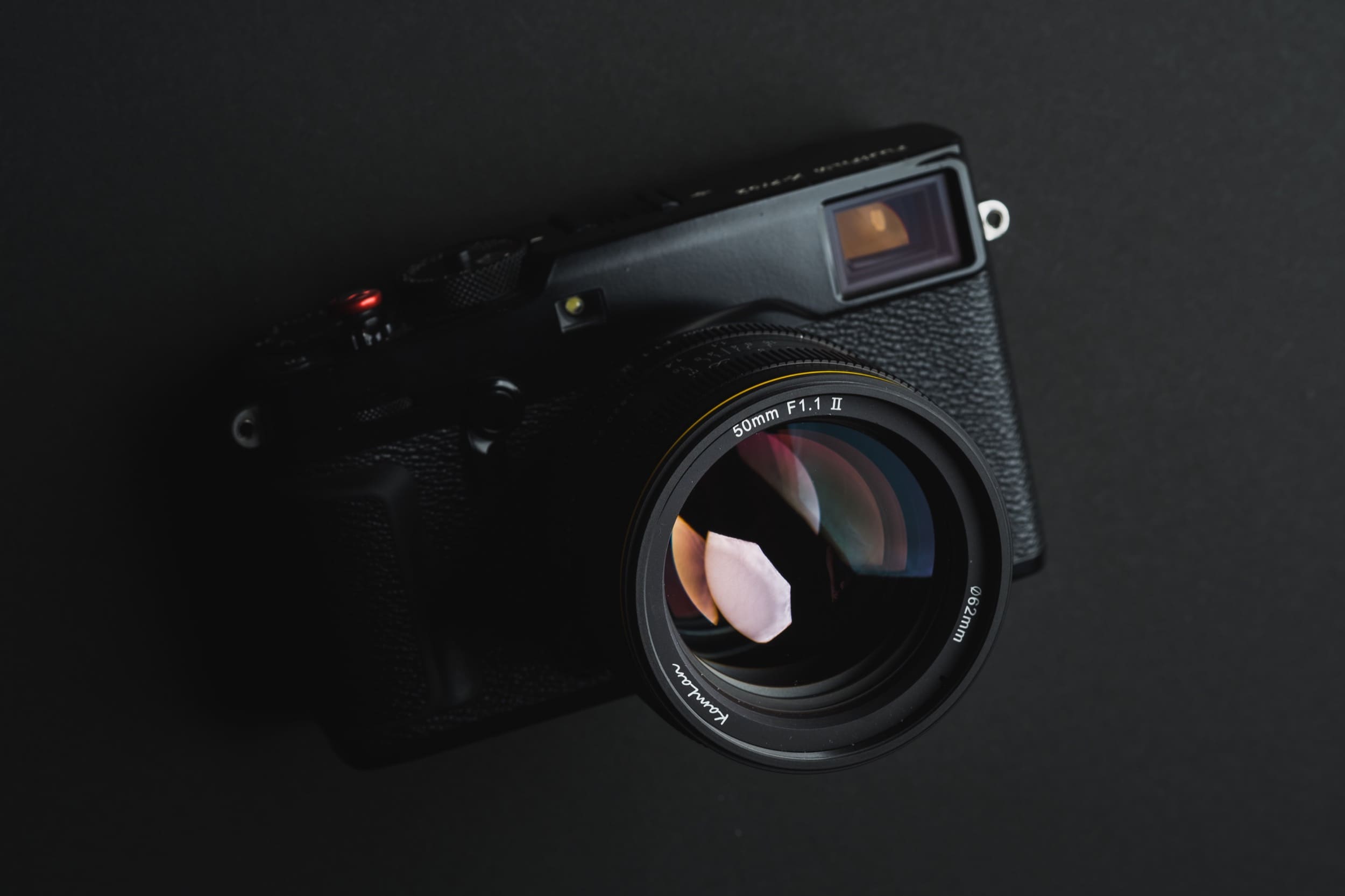
Kamlan lenses have always had incredible build quality, and the 50mm f1.1 version II is no exception.
Aside from the factories the big brands have set up in China, few places make really high-quality professional optics.
I’ve heard some of the Kamlan lenses are assembled in the same facilities that Kipon uses, and as you know, Kipon has some of the best mounts with the highest precision in the world, and they also make very high-quality lenses as well.
I say that because I don’t want you to look at Kamlan with the same stigma as some of the cheap made-in-China products. Made in China is not always a bad thing, there are very high-quality products coming out of there like many of the new Nikon Z lenses. Even the Fujifilm X-T3 is made in China.

The Materials
I’m not exactly sure what you will get when you order this lens, but my lens came with a metal lens hood and a metal body. My lens also came with a 3-stop ND filter.
I’m not sure what you’ll get because Amazon says it comes with a plastic lens hood but does not mention a 3-stop ND filter.
The lens has an all-metal construction; whether that’s a good or bad thing is debatable. Technically, it’s better to make the outer shell of lenses out of plastic since it won’t ding as easily and won’t hold heat. But metal lenses feel cool and are more fun to use.
I have a Samyang 50mm f1.2 lens with a plastic shell, and while it is technically better than this lens in some areas, it just doesn’t feel as cool and isn’t as fun to use.
Size Weight
The size and weight are good. It’s a little heavier than the 56mm f1.2, but the extra weight isn’t cumbersome. I shot for four hours straight with it and never felt like it was an issue or too heavy.
Without the lens hood attached to either lens, it’s a touch smaller than the 56mm f1.2, with the hood it’s quite a bit smaller.
Focus & Aperture Rings
Both focus and aperture rings are perfectly stiff and very smooth. The aperture ring is a little tougher to turn than the focus ring, but this is often slightly different from copy to copy. This is even true for Fujifilm lenses.
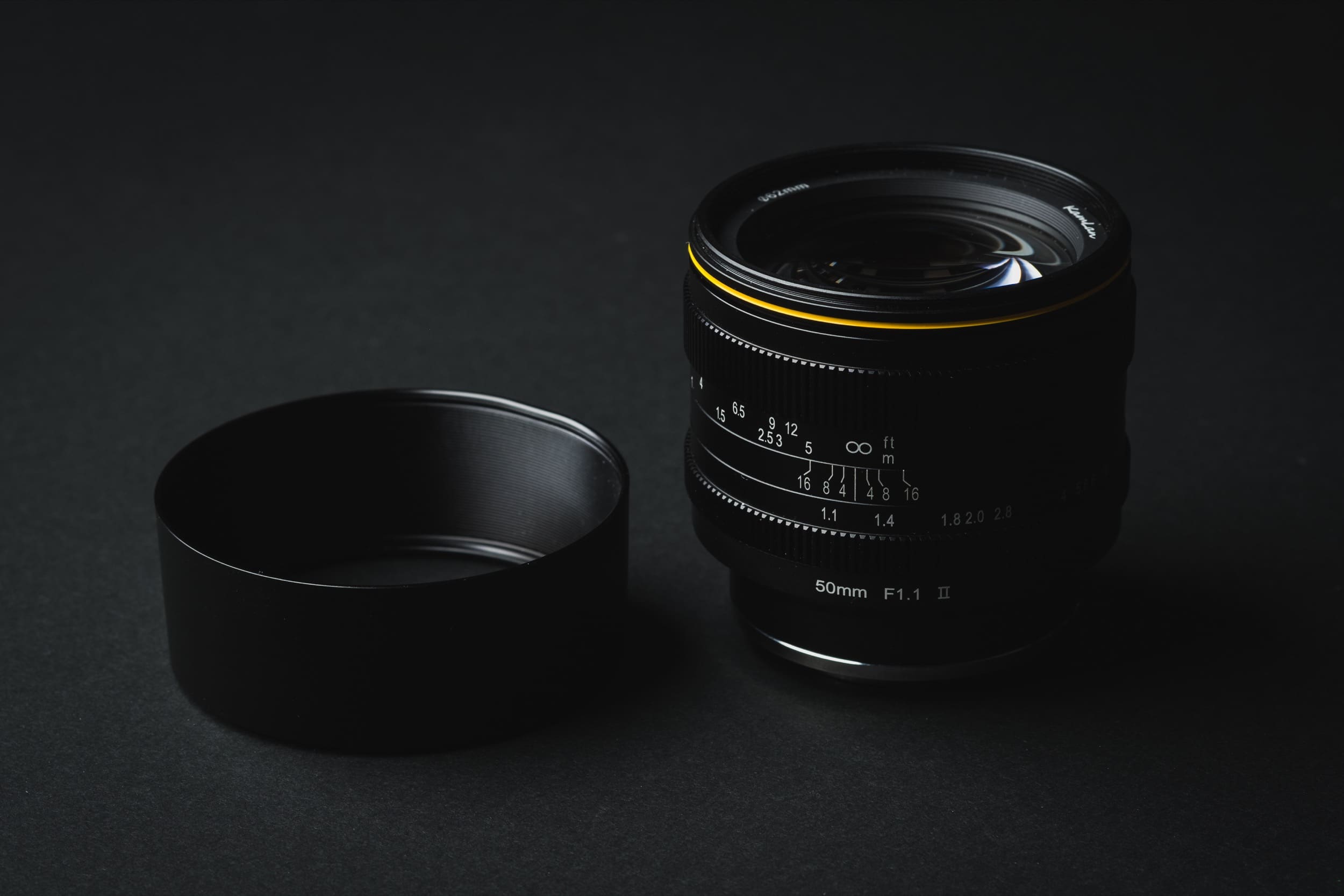
My One Complaint
The focus ring only rotates 180 degrees. It needs to rotate at least 200 degrees because trying to fine-tune focus or pull the focus to track moving objects is just too difficult with this sensitive focus ring on a lens this fast.
Design
The rear element comes right up to the mount’s edge to maximize the mirrorless design’s capabilities.
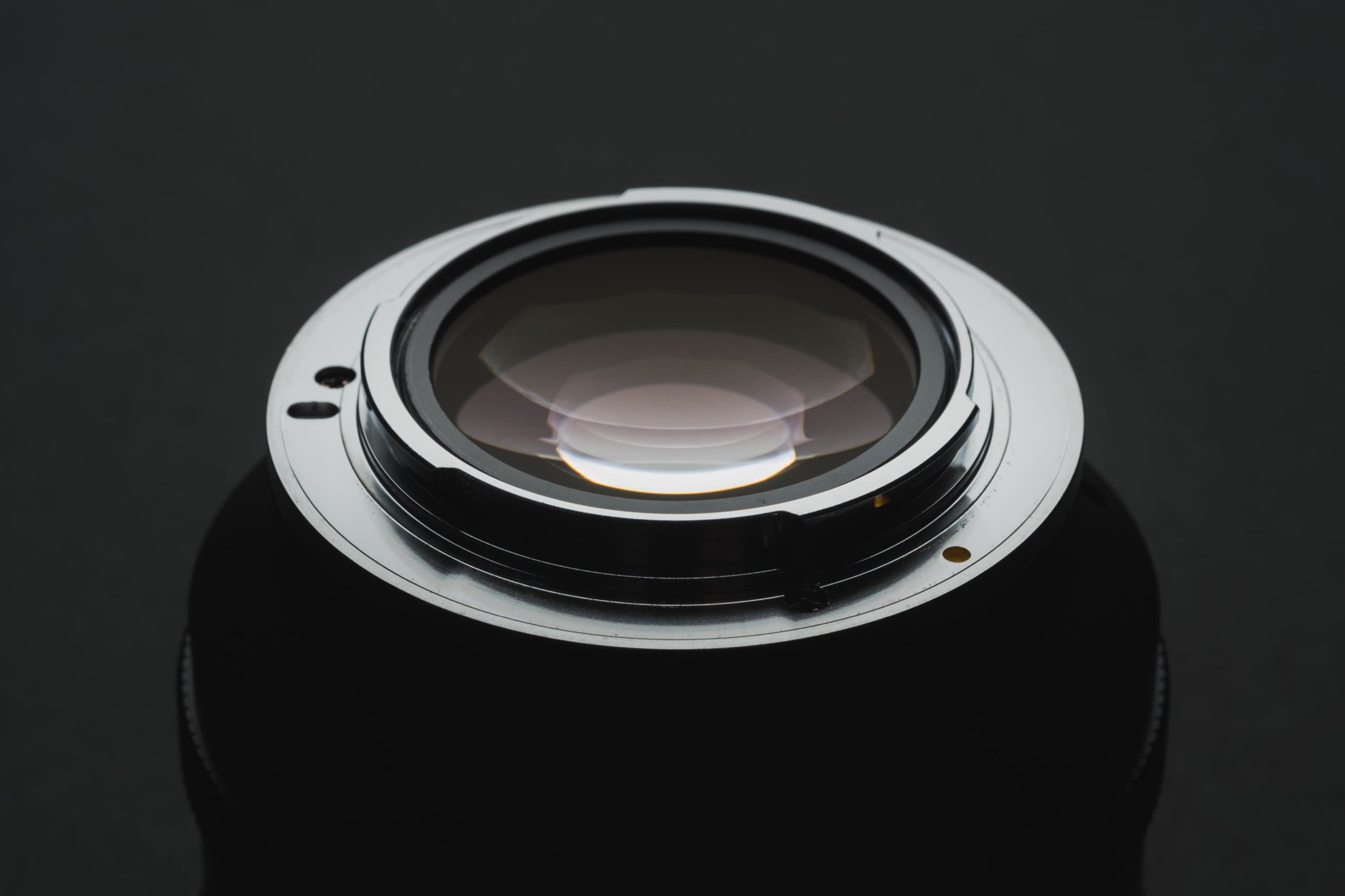
The front element is massive.
Overall, the build quality is very high. No shortcuts were taken, and everything felt very precise and well-tuned.
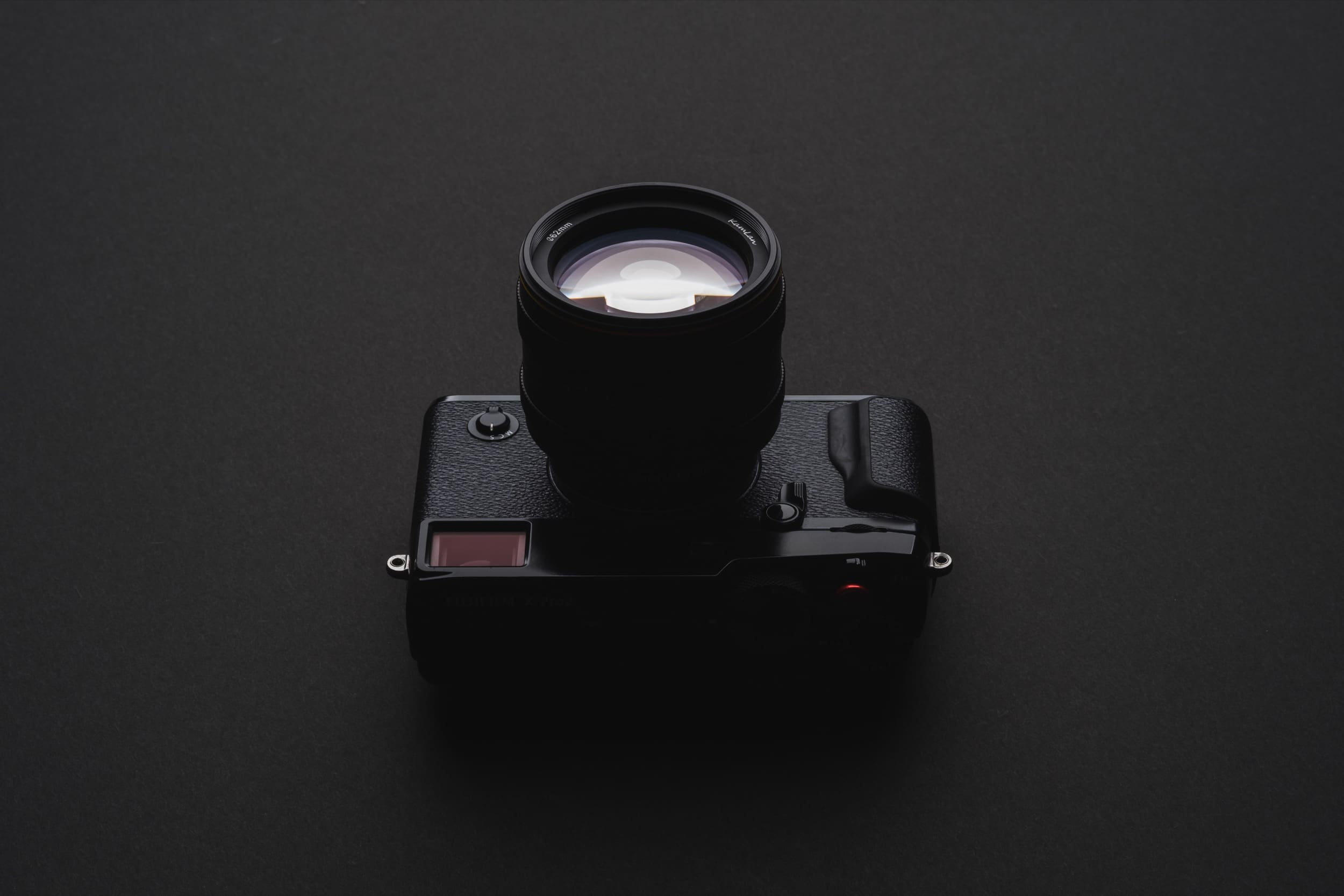
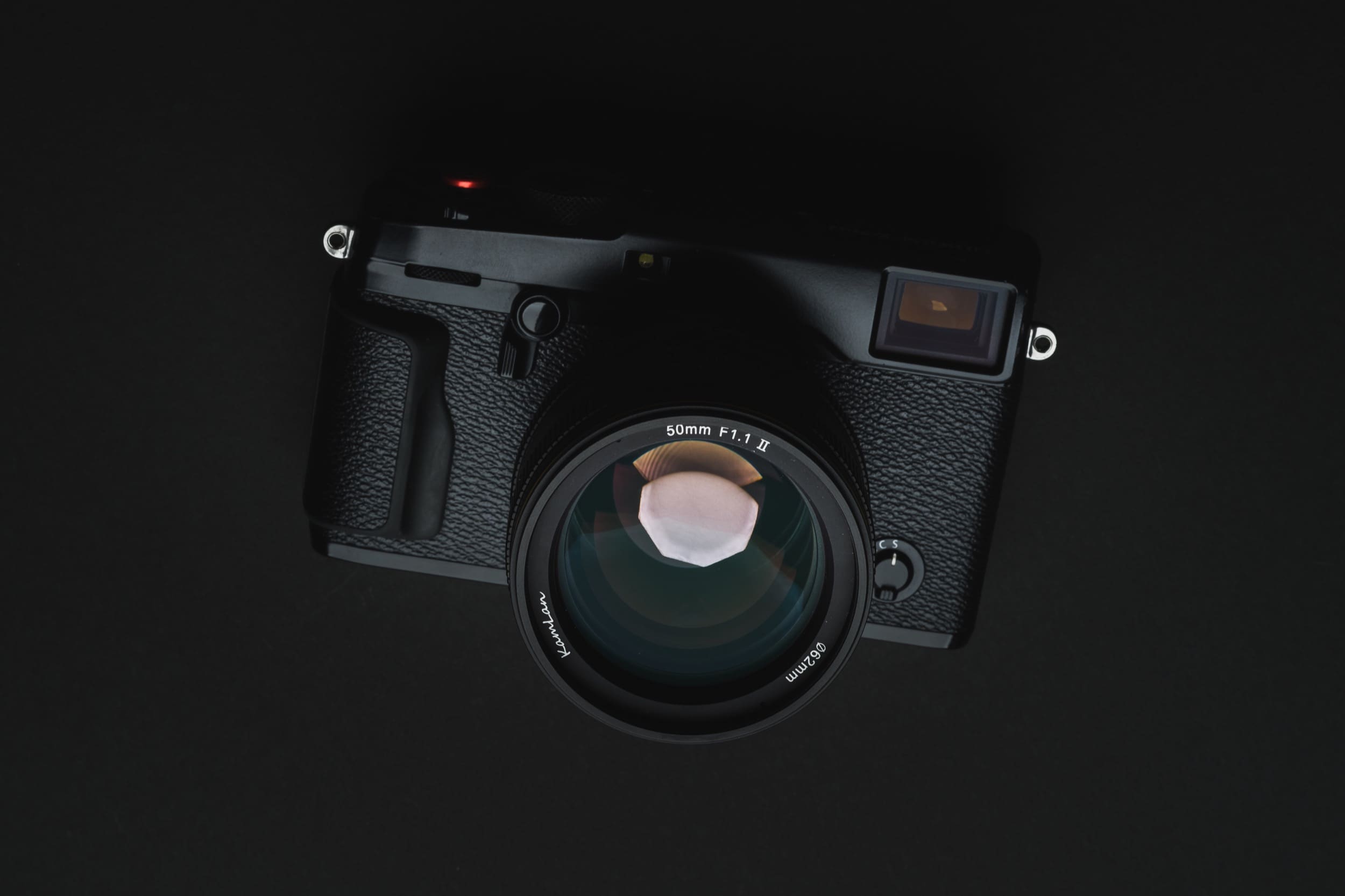
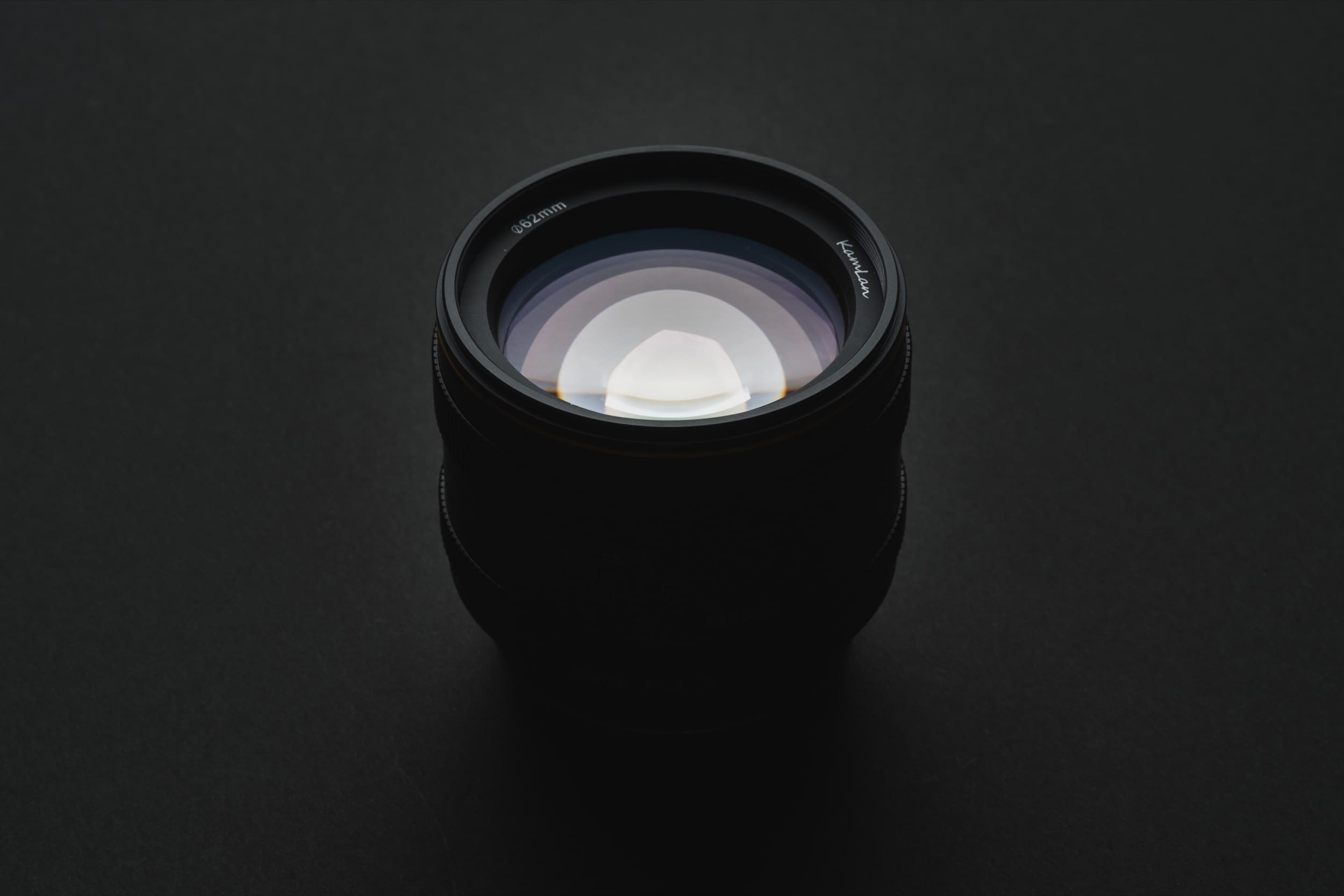
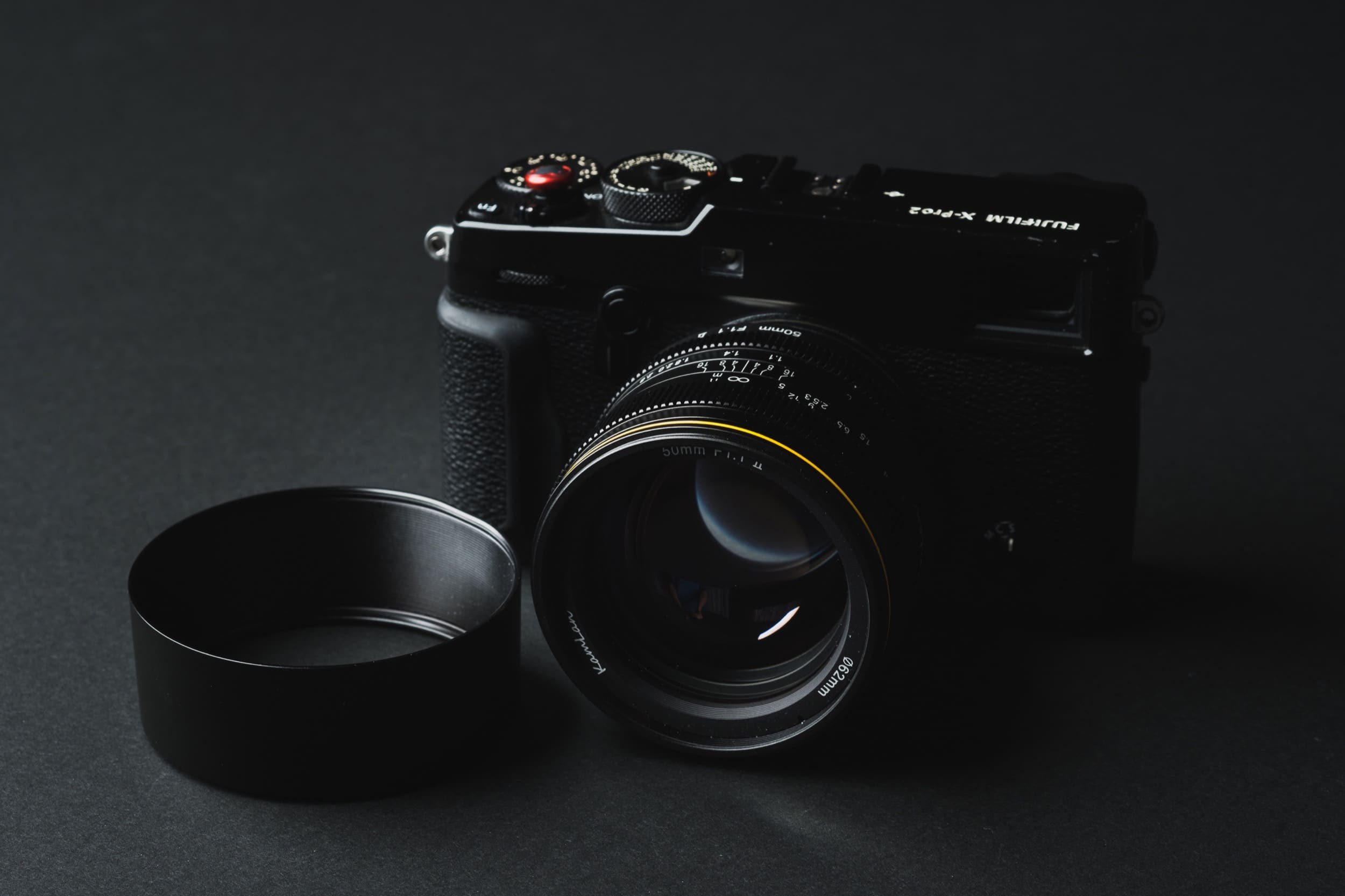
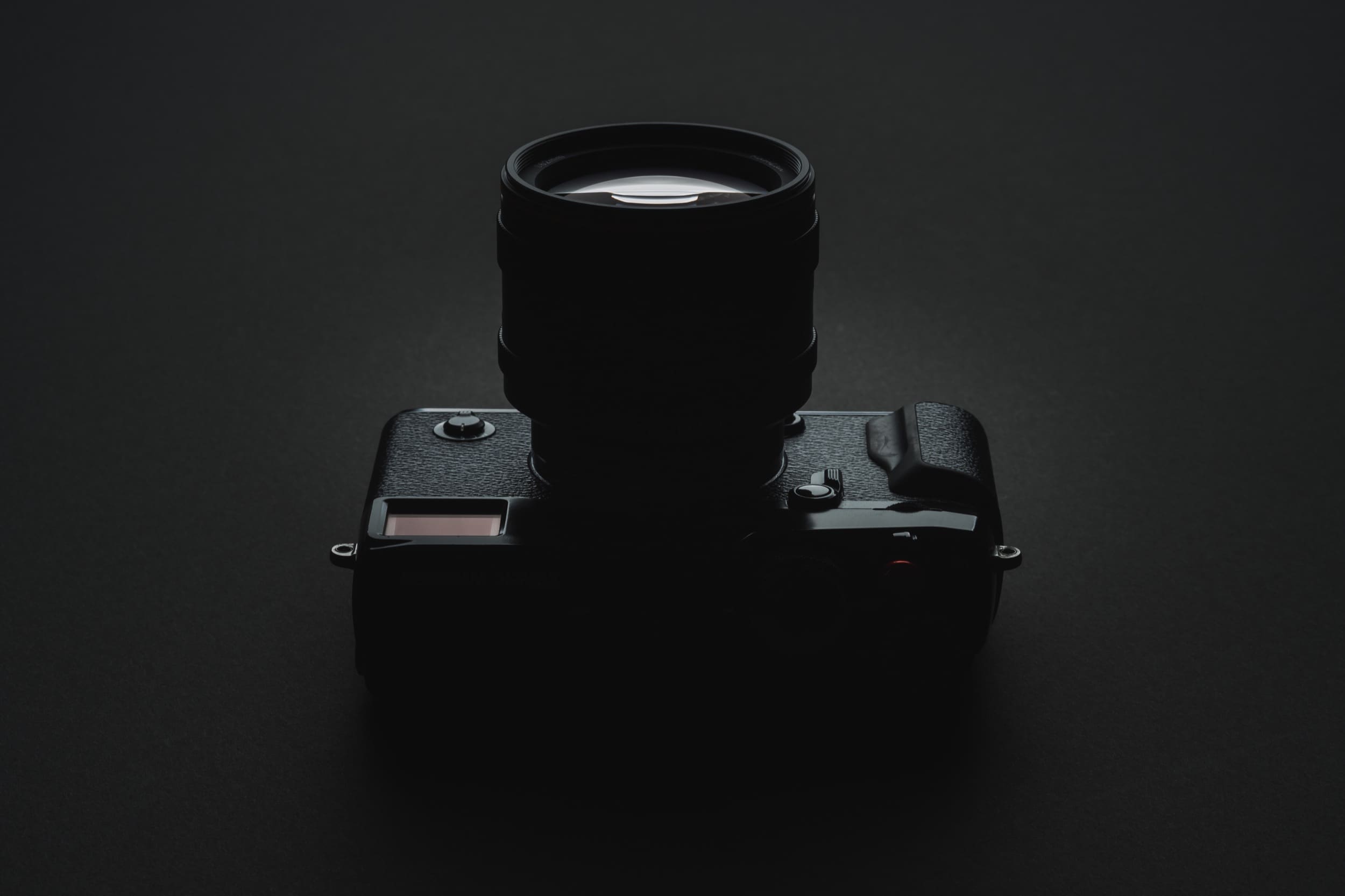
Technical Overview

Sharpness Chart
Sharpness actually blew me away. Those who read my first Kamlan 50mm f1.1 review, the version 1 review, probably saw that I didn’t really like that lens. I never recommended it simply because it was only sharp in the center. It was more of a micro-four-thirds lens that just happened to work for APS-C, and it had a bad design.
By making the lens bigger, Kamlan improved the sharpness across the frame. The lens has very impressive sharpness and is even decently sharp in the corners at f1.1. However, when dealing with the depth of field at f1.1, you’ll likely never notice, even if it wasn’t sharp. Even the slightest tilt in my resolution chart causes the corners to go out of focus.
This lens also maintains its sharpness even at far distances, which is rare for lenses in this price range. That’s the big problem with most of those fast 7Artisans, Neewer, and Meike lenses: They don’t hold their sharpness at far distances.
Center Sharpness

At f1.1, you can see a little bit of a misty effect. However, you can still make out the details of the fine print. You can even slightly make out the little 10 at f1.1, which is very impressive. This haze clears up by f1.4, and the lens progressively gets sharper. At f4, sharpness is very good.
Corner Sharpness
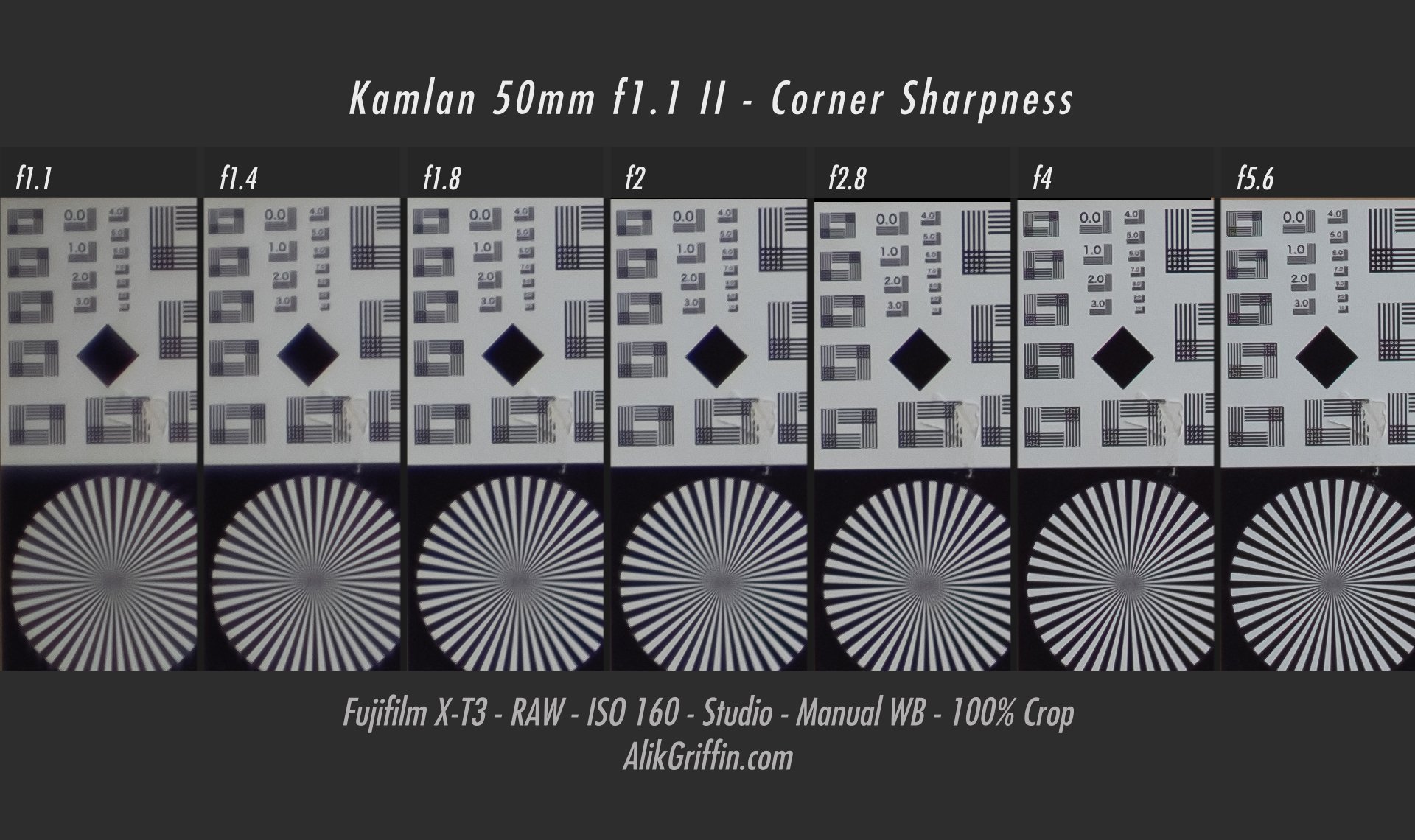
Corner sharpness is also good; there is no astigmatism, either. You can’t make out the little 10 until about f2, which means the corners at f2 are as sharp as the center is at f1.1, which is pretty good. It’s possible I could get it better, too; I just don’t focus on the corners; I only focus on the center of the chart, so my alignment here isn’t necessarily perfect, and what we could be seeing is a slightly out of focus at those lower apertures.
My lens has a slight de-centric issue where the top is slightly sharper than the bottom. So it’s possible different copies could have slightly softer tops and slightly sharper bottoms with more balanced field curvature than what you see here.
Kamlan 50mm f1.1 II vs Fujifilm 56mm f1.2 Sharpness
It’s always difficult to tell just how sharp something is unless there is something to compare it to. So, I’ve pulled up some patches from the mighty Fujifilm 56mm f1.2 charts to see.
Sorry, I couldn’t get the white balance to match perfectly, I’ve since upgraded my chart to include a Kodak Color Control Patch and Kodak Grey Scale which I now use to get a white balance. I’m also missing the f1.8 patch on the Fujifilm, which I never shot.
I am also unable to tell you which lens is brighter now. I just moved into a new place and can’t get a controlled enough environment for that yet.
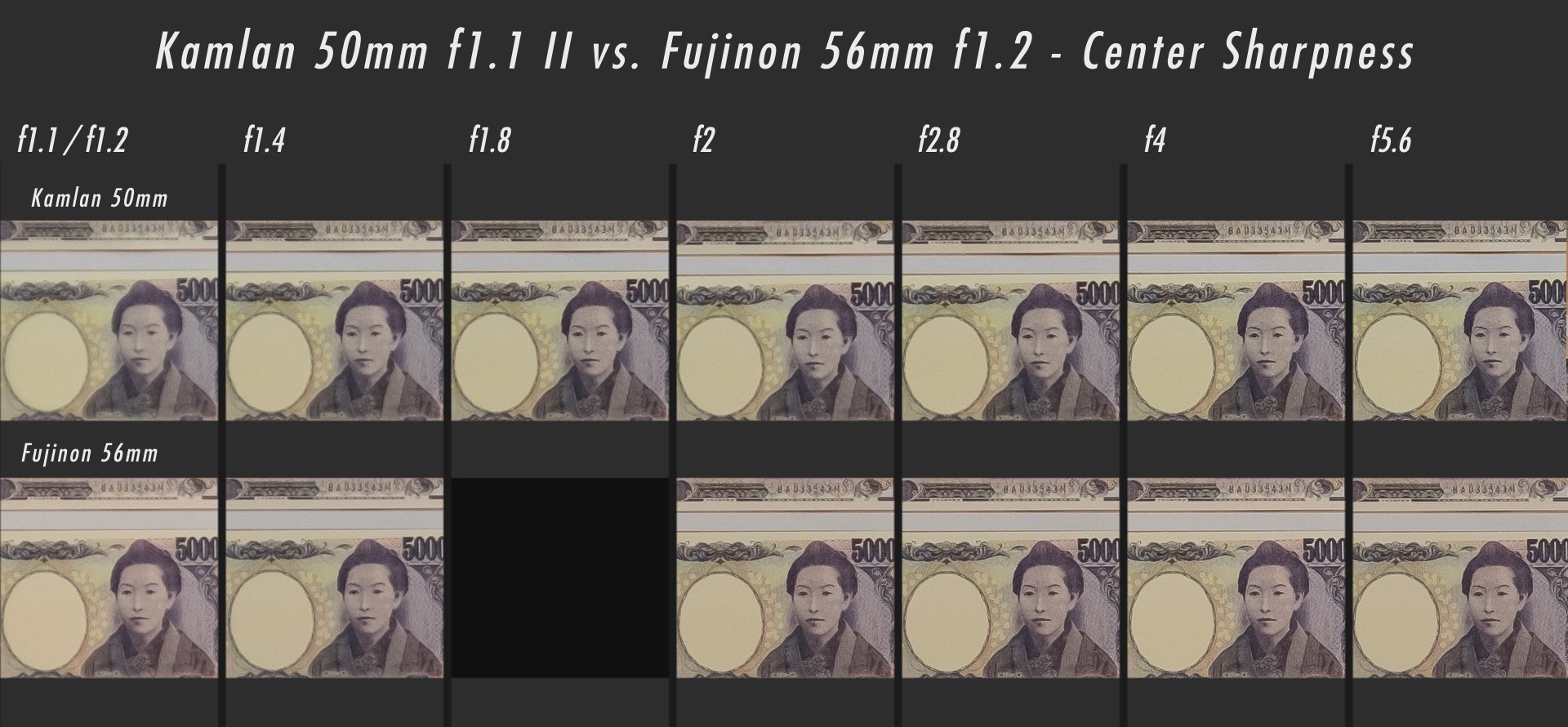
Overall, the Fujinon is a little sharper up until about f4, then it’s pretty close. I would argue that you get slightly better tonal detail (micro-contrast) in the Fujifilm 56mm.
Still, Kamlan is very good in comparison.
Here are some patches from a corner.
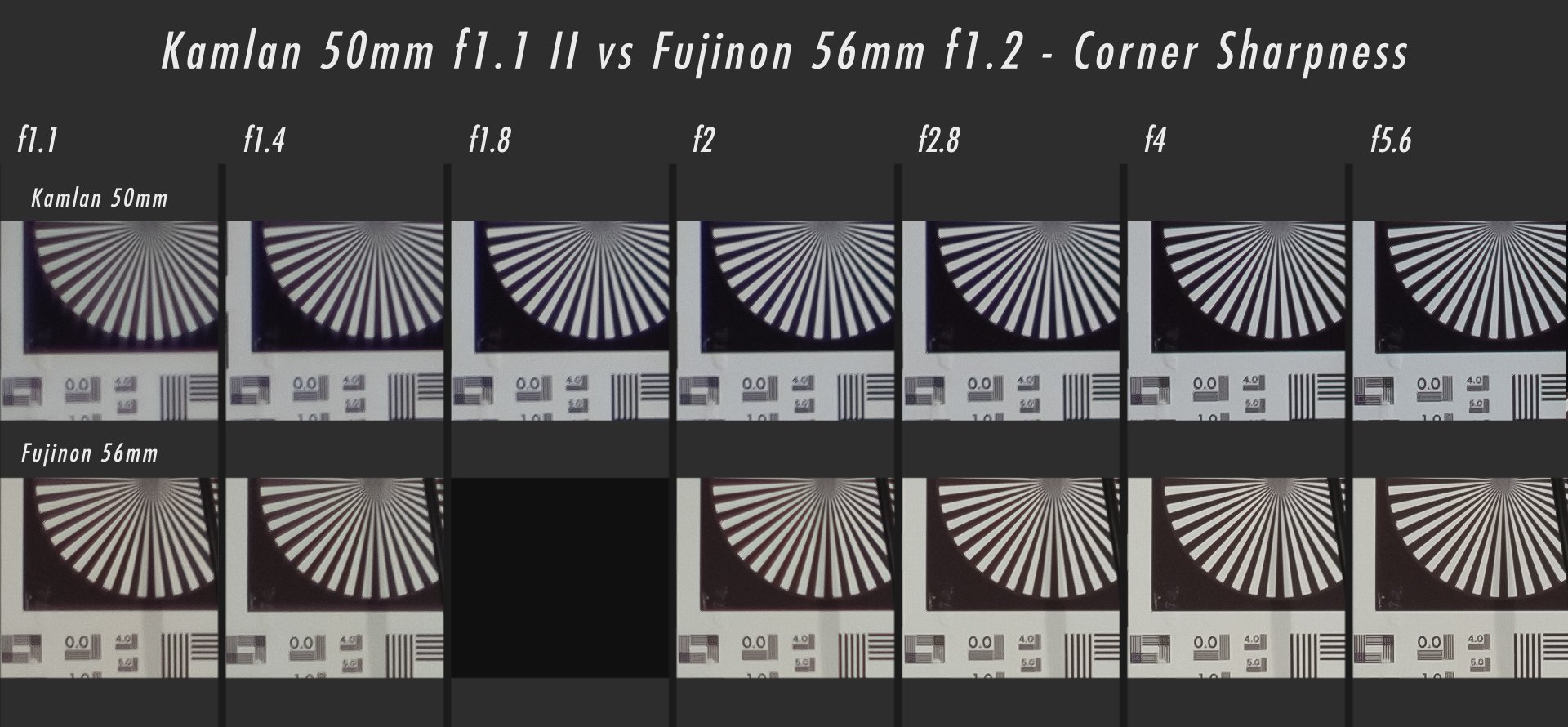
Does it matter that the Kamlan is not as sharp as the Fujinon?
Under studio conditions, it might, and probably at those longer distances when shooting wide open, the extra little bit of sharpness might help a little. Still, in the real world with more casual photography, so many factors will prevent you from having perfect sharpness and detail that you’ll never be able to tell the difference in sharpness.
For example, motion blur will likely reduce sharpness, both with camera shake and subject motion, and high ISO / low light, no matter what lens, sensor, or camera, will always show a reduction in detail since there is less photonic resolution in low light (yes, I just made that term up). It has to do with the spatial coherence of the light.
You’ll also likely rarely nail perfect focus if you’re shooting anything that moves. This is why I try to encourage people not to get too hung up on sharpness.
Vignetting
Surprisingly, there is very little vignetting with this lens. Here is a sample at f1.1.
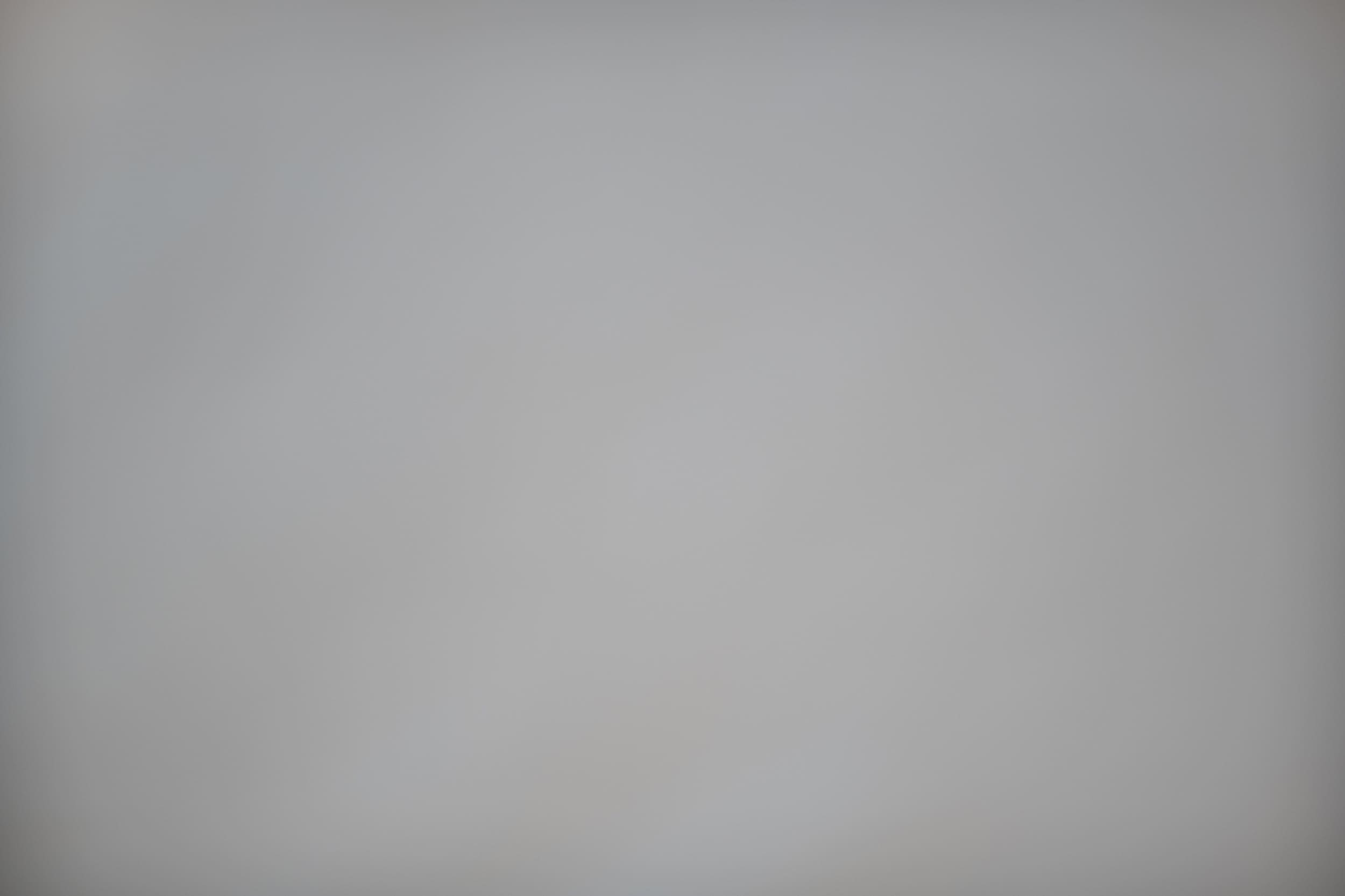
Distortion
It’s has pretty much almost no distortion.

Chromatic Aberrations
Some chromatic aberrations in the out-of-focus areas render purple and green. I’m not seeing much CA on high-contrast edges.

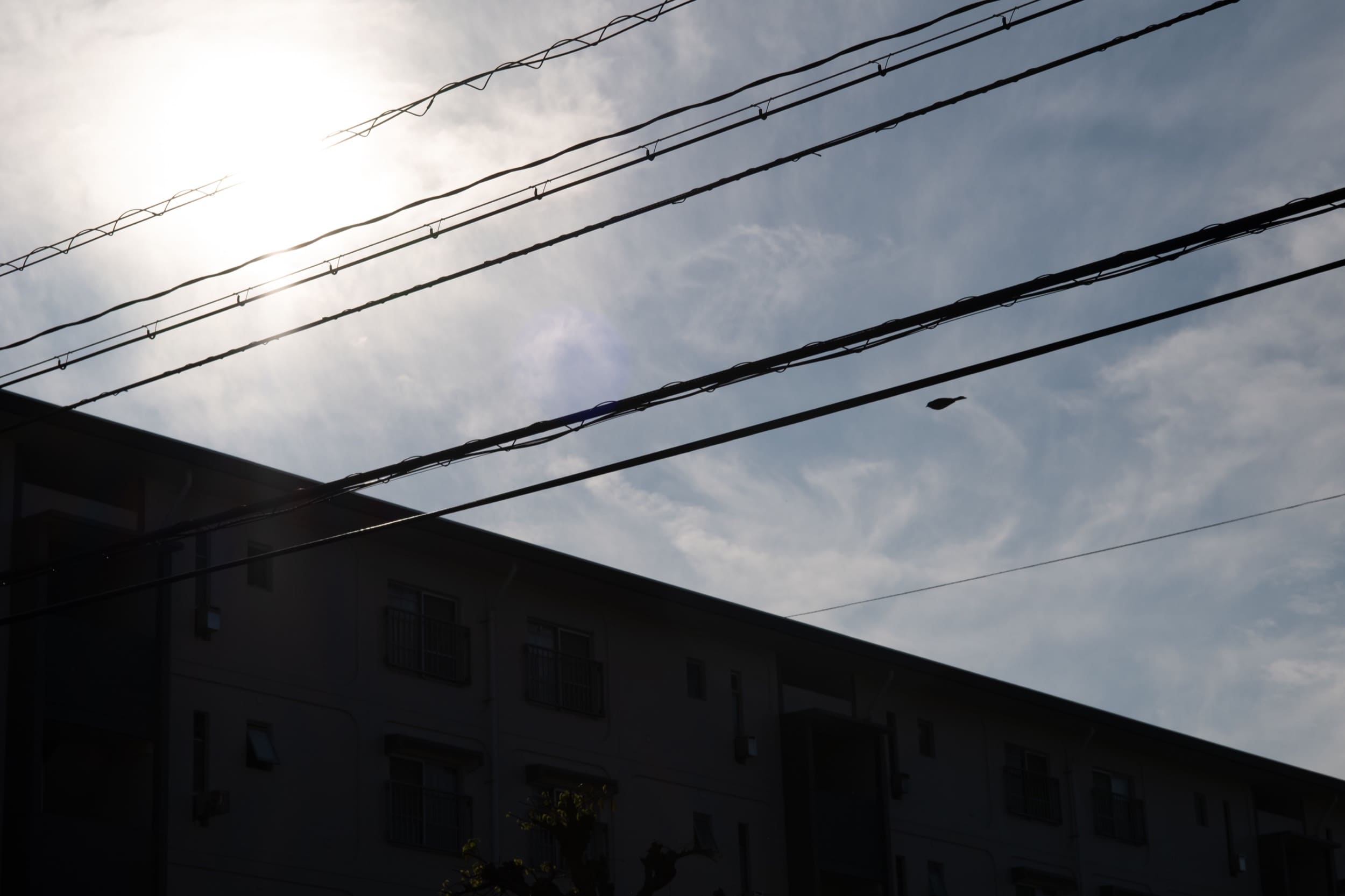
Flaring
One big thing I notice about most third-party lenses or lenses from companies that haven’t done it for 100 years is the flaring. Like most Fujifilm lenses, it seems like all the big companies have proprietary coatings that almost completely eliminate flaring.
There is more to lens coatings than just flaring reduction, though. All the internal elements are usually coated with something to help with light transmittance and to reduce inner lens light scattering and reflecting, which can cause serious issues in bright environments.
I haven’t had too many issues with this lens not performing well in bright environments, and the contrast is actually decent, even when getting hit with lens flares.
Flaring Samples
I took off the lens hood and shot toward the sun to see what madness I could unleash. Some of the effects are cool, and you can’t get those with higher-quality coatings from bigger brands. Also, I tinted the look of these a little orange with split tones to complement the effect.
I think this look is awesome, and I love that you can still buy lenses that do this.
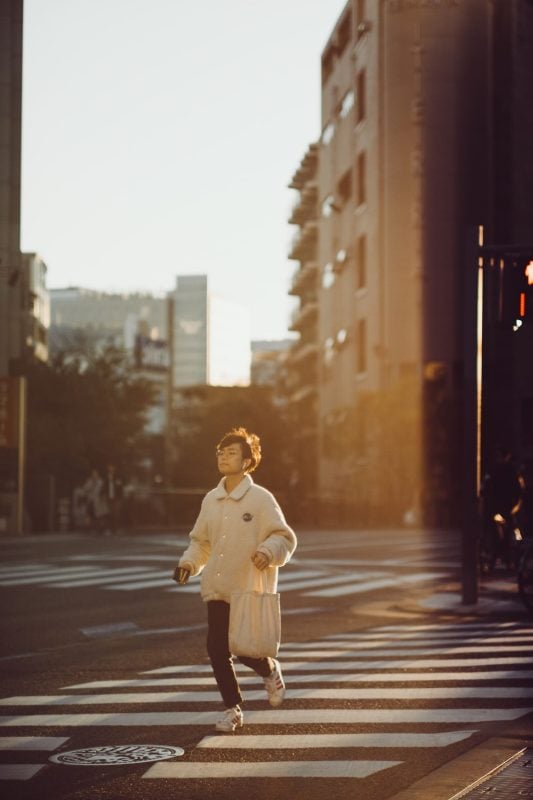
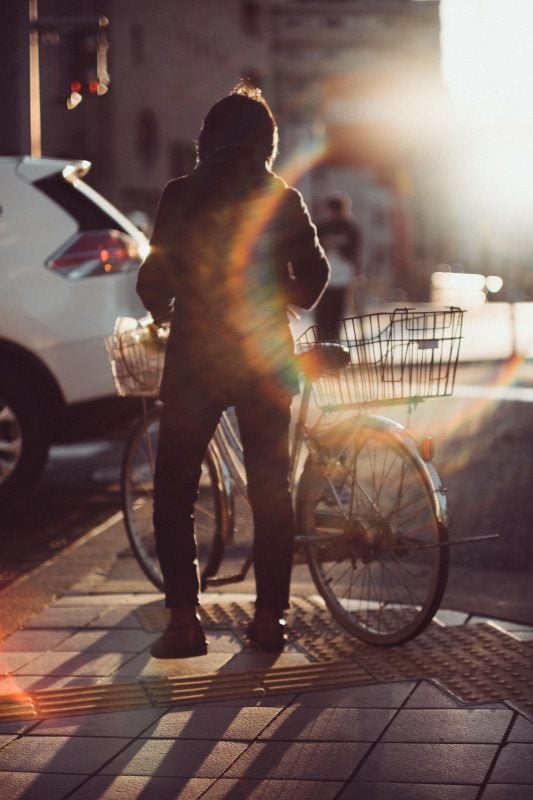
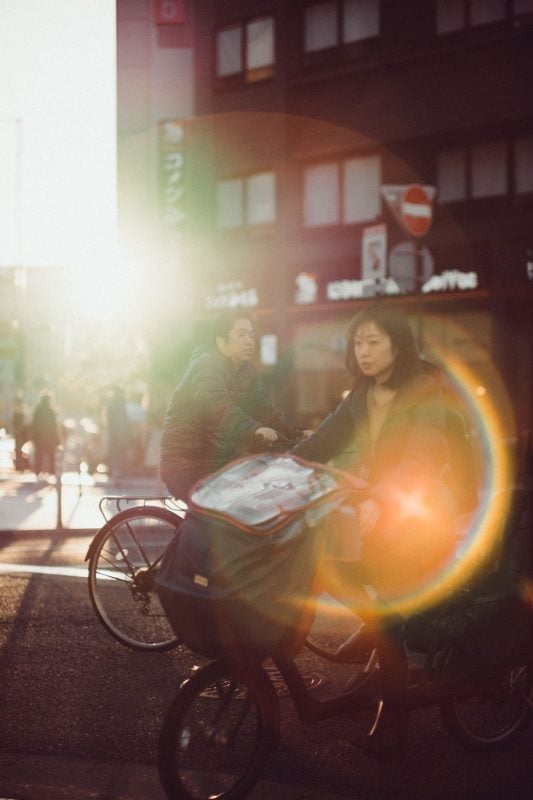
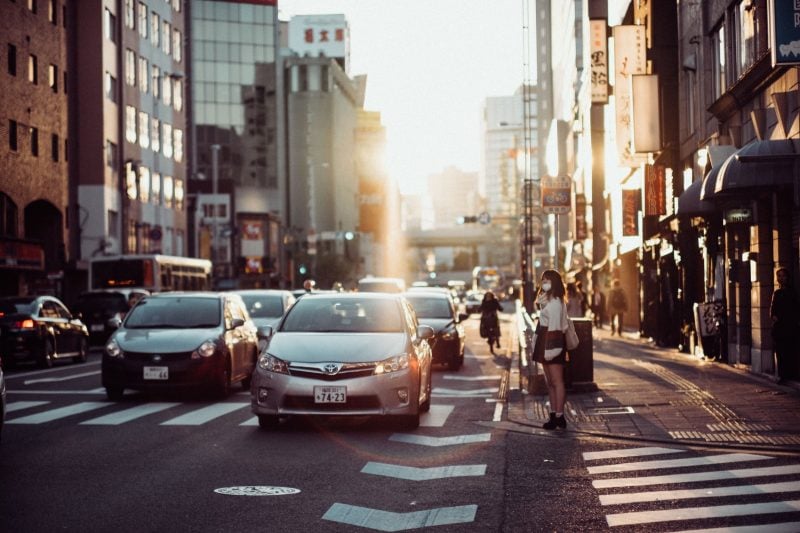
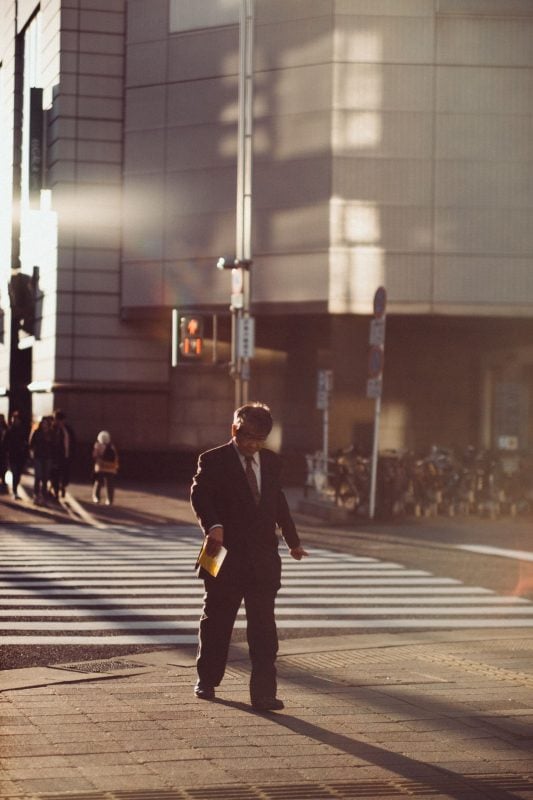
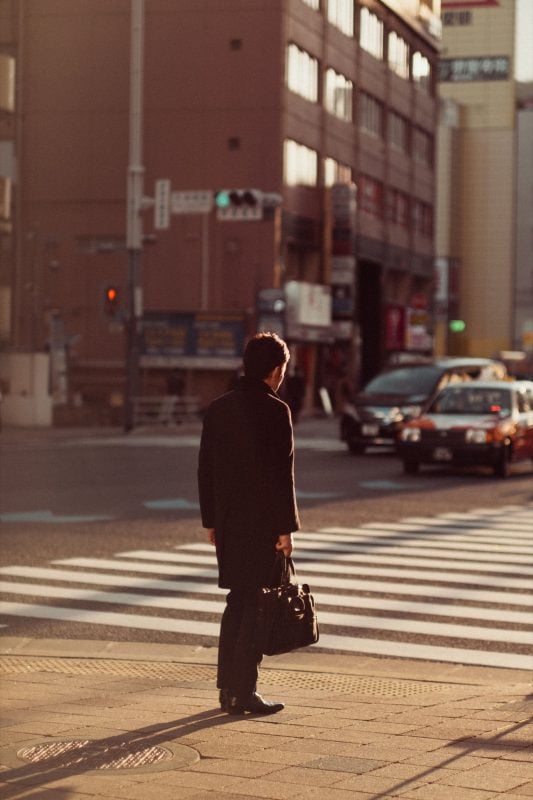

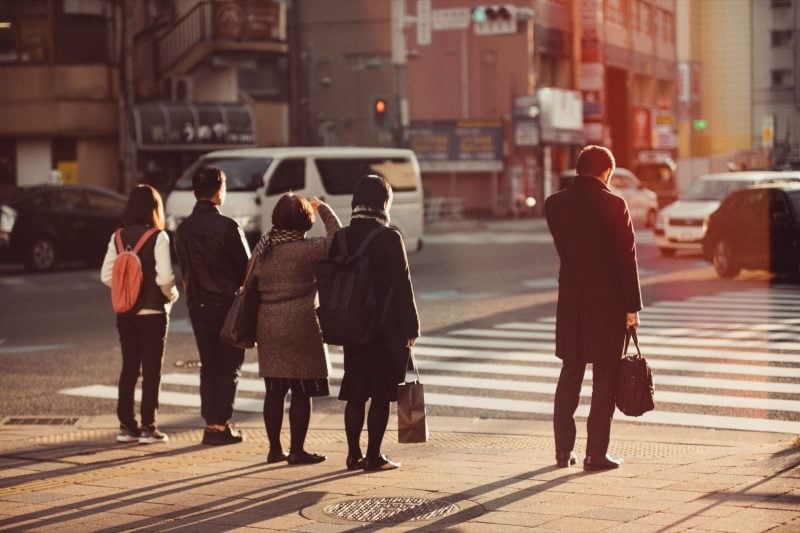
Art & Character
This is where the rubber meets the road, which is the main thing I care about with lenses. Sure, a lens has to be sharp, especially at a distance and especially if it’s advertised as a fast lens, but weakness in any of the above characteristics is more of a nuisance as long as the images still look cool.
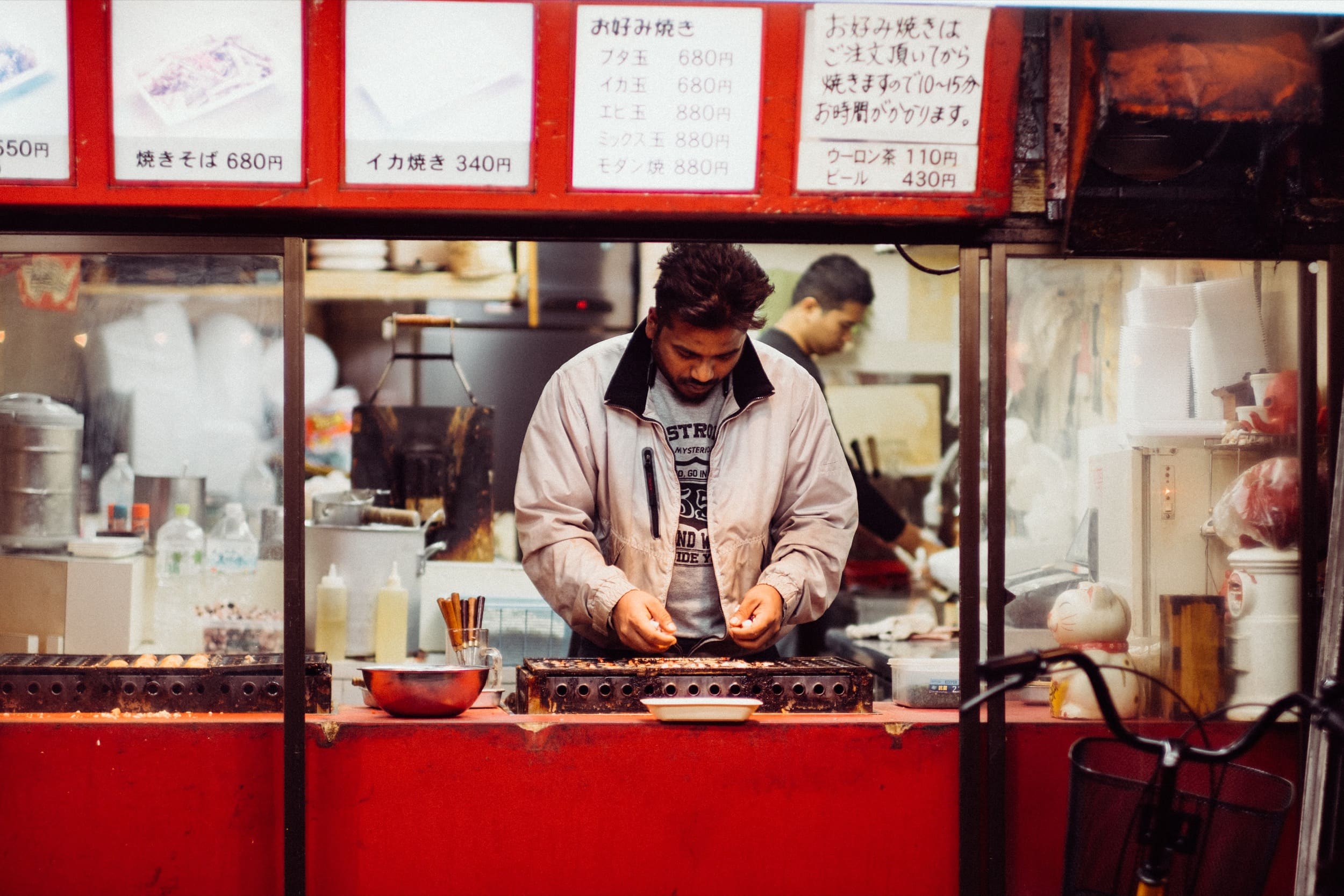
A lens must be decently sharp, and too much distortion or vignetting can be annoying. While it’s great to see the Kamlan 50mm f1.1 II achieve 90% optical perfection, lenses still have to render inspiring, cool-looking images.
This is one of the problems I have with many new modern lenses. The new Nikon 85mm f1.8 Z is pretty much perfect technically. I mean, it’s insane what that lens is, however, there’s a night and day difference between it and the Fujifilm 56mm f1.2 which has just a prettier rendering to it. The Fujinon is not nearly as good technically, but the images have more life. This is a real thing and significantly more important than corner sharpness, and that is why I spend so much time on this section of my reviews.



Depth Of Field / Bokeh
One thing nice about the Kamlan is that the bokeh stays fairly circular as you stop down (close the aperture), and there is very little cat’s eye bokeh. This can be very distracting. Some people don’t mind it, and some people hate it.
Often, when people look at the bokeh, they get distracted by just the bokeh balls, but a unique rendering can happen, which you will see in some lenses and not others.
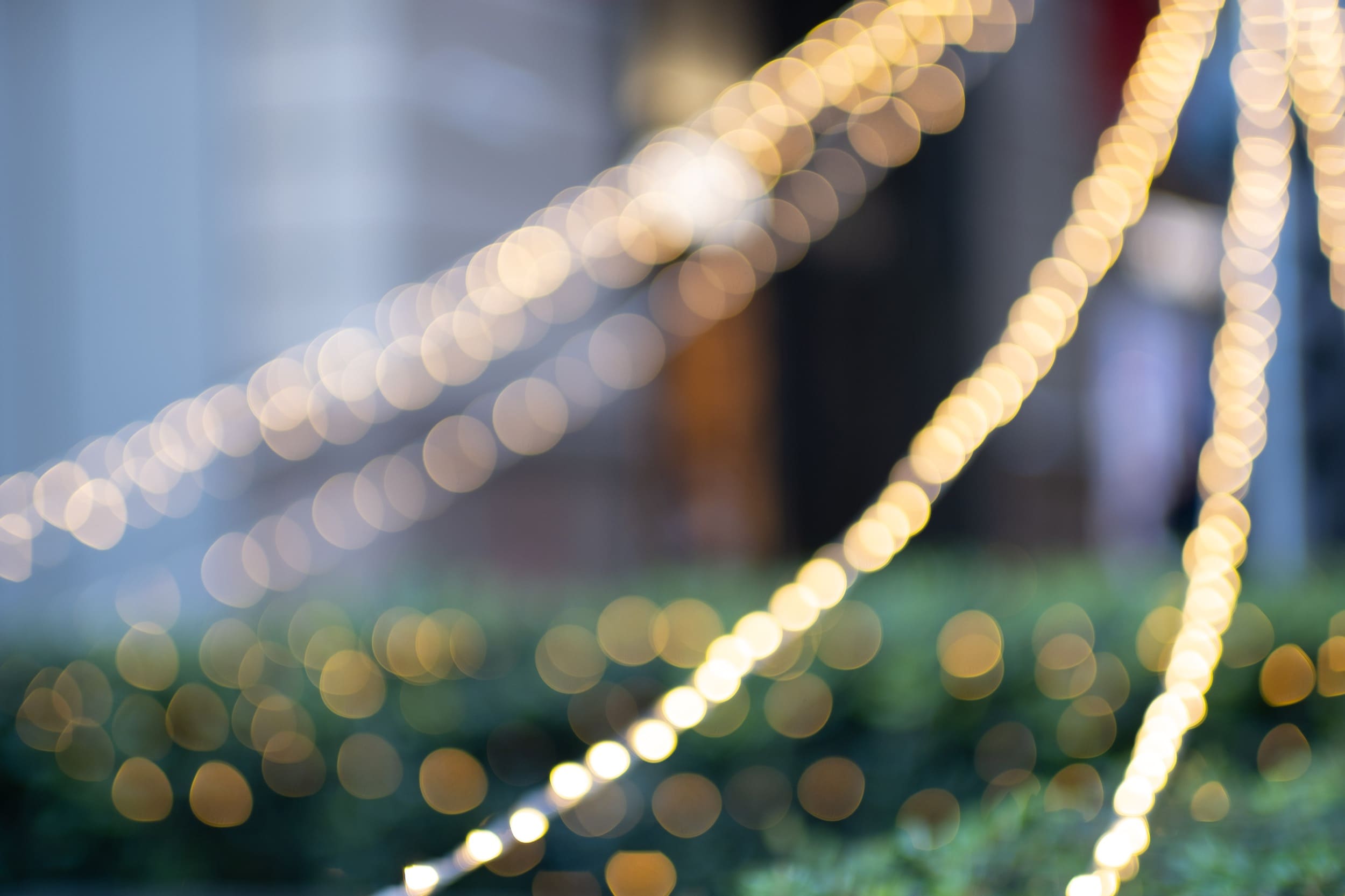
It’s hard to describe this; I always refer to it as a focus falloff. This is how the lens transitions from what’s in focus to what’s out of focus. Some lenses are very smooth, and some lenses have a harsher fade.
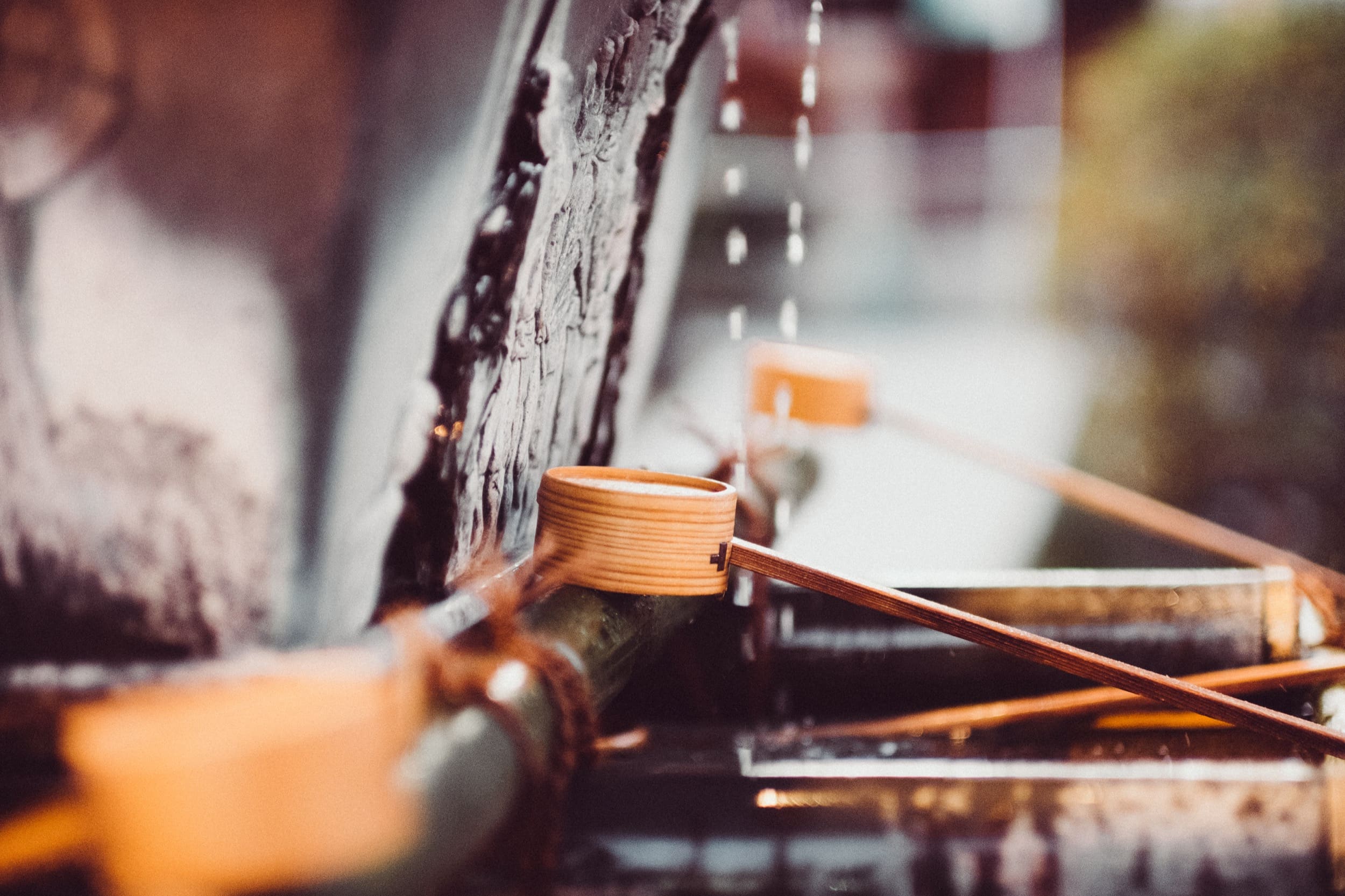
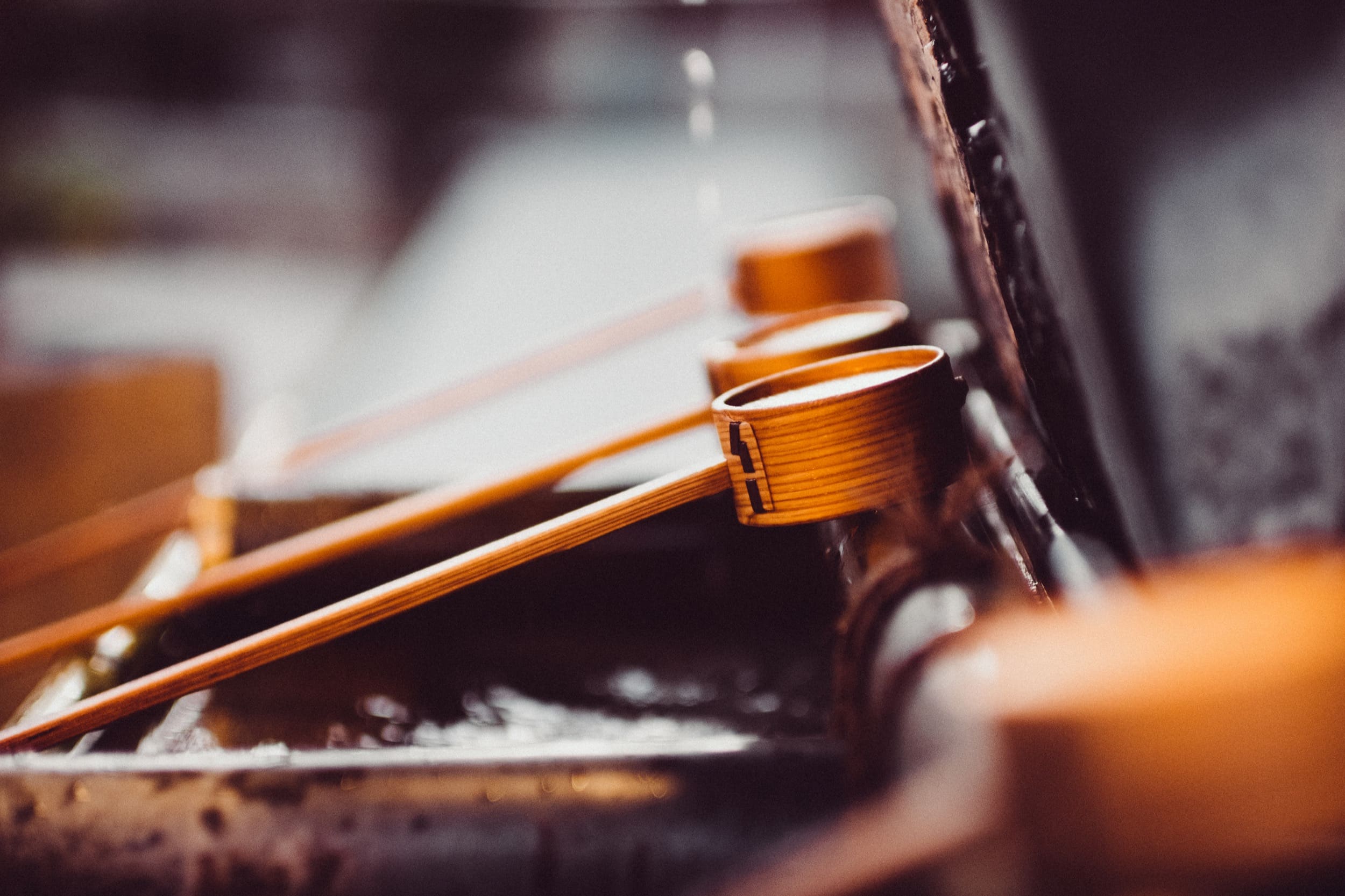
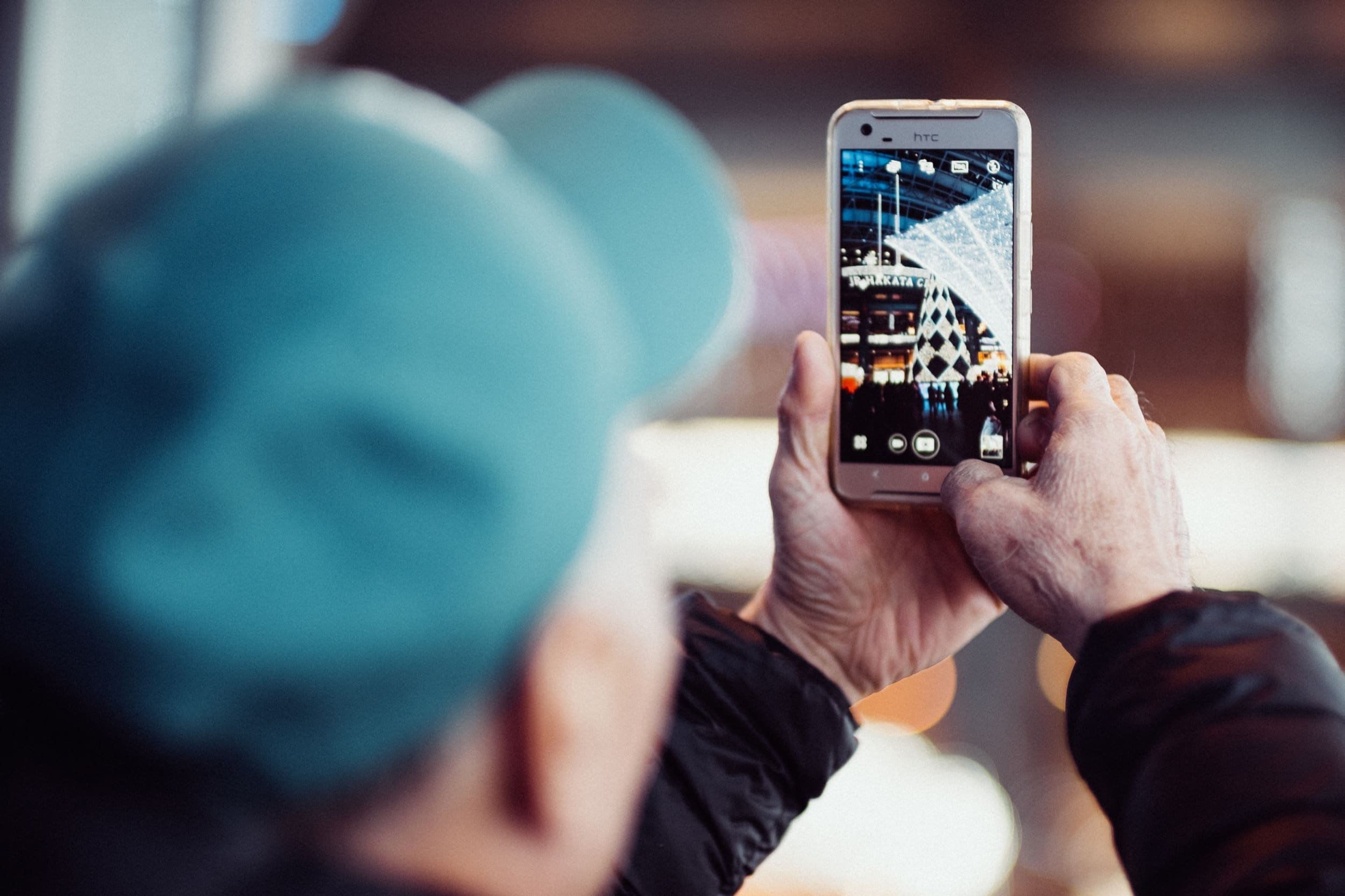
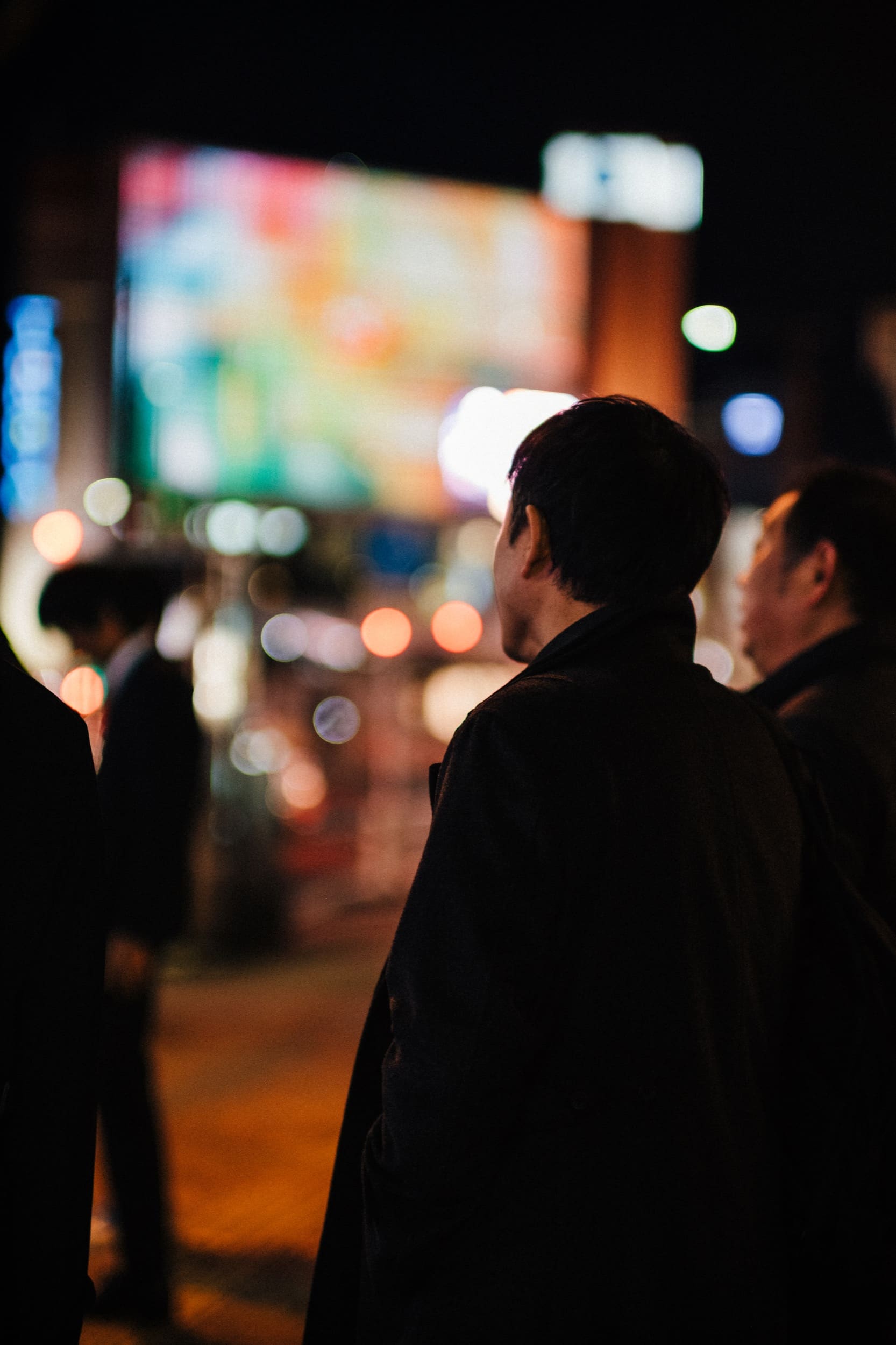
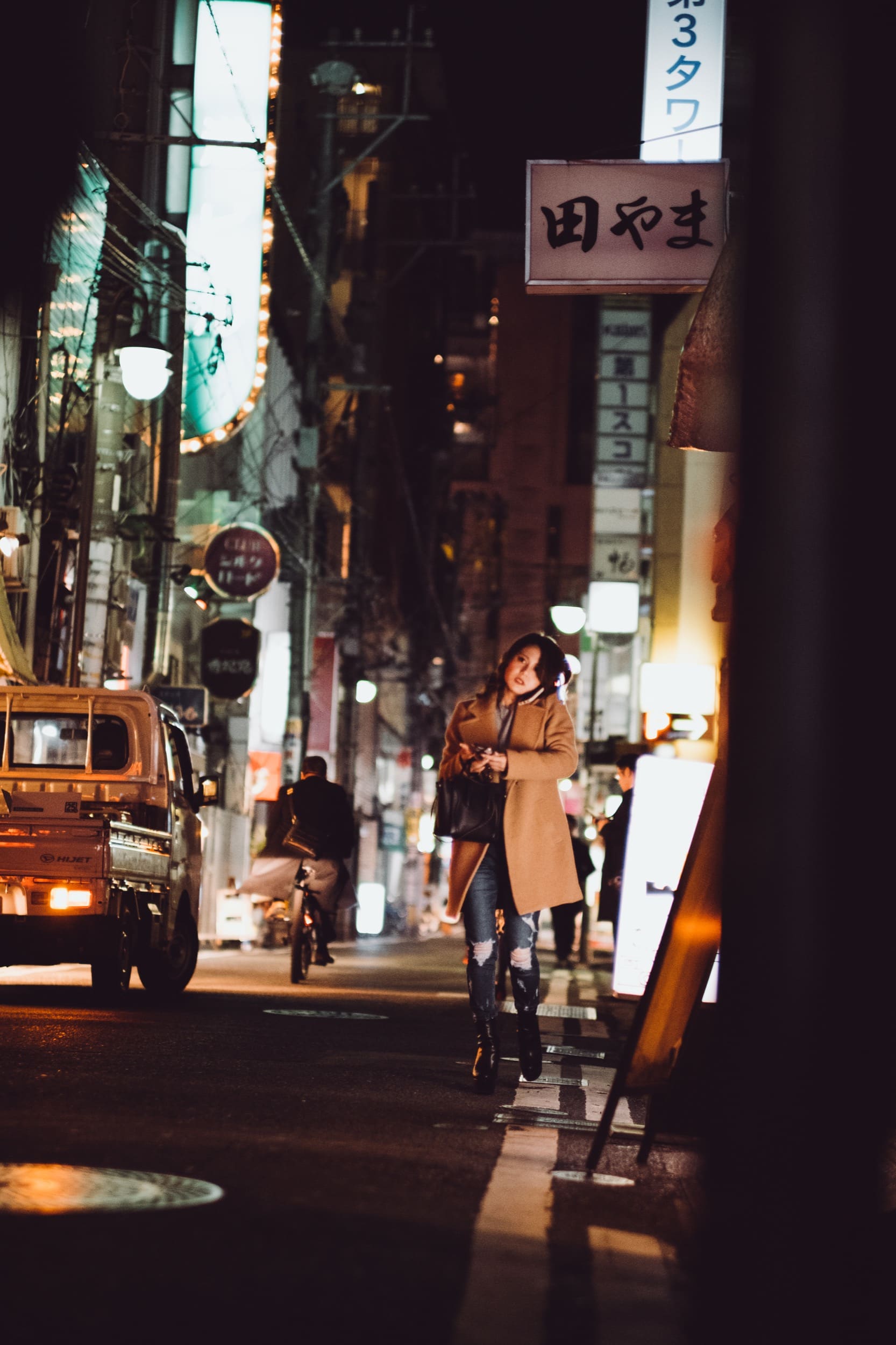
The falloff with the Kamlan 50mm f1.1 II is actually really smooth. Images shot at f1.1 have a very soft and elegant look, even more so than the Fujinon 56mm f1.2, and it’s unique and pleasing.
And it is a different look. That’s what’s cool about all these fast lenses; you get something different from them. The Fujinon 56mm has this puffier bokeh, whereas the Kamlan seems a little more creamy. The Kamlan also maintains a nice bokeh when stopped down because of the 11R aperture, whereas the Fujifilm gets pretty gross once you get to about f2.
So, if you had the Kamlan 50mm f1.1 II, the Rokinon 50mm f1.2, or the Fujinon 56mm f1.2, they’d all have slightly different looks you can take advantage of.
Micro-Contrast

The Kamlan 50mm f1.1 II has fairly decent micro-contrast.
Lens designers must find the sweet spot for what their customers will accept. Big companies like Nikon have to bend their knees to the sharpness and IQ keyboard warriors that run most of the big blog and YouTube channels. That’s all anyone talks about anymore and is all anyone has been trained to be concerned with regarding lenses. What’s cool about smaller companies like Kamlan is that they aren’t scrutinized nearly as much, and at their price point, they can get a little more experimental with their designs. Hopefully, there will be an awakening, and one day, the big companies can make cool lenses again that aren’t just a solid barrel of glass designed solely for perfect corner sharpness at their widest aperture.
Compared to Fujinon lenses like the 56mm f1.2, the Kamlan looks like it has slightly less pop.

Color Rendering
Here are some straight-out-of-camera RAW files from the Fujifilm X-T3. Since the lens comes with an ND filter, the first three shots have it.
The colors are good with this lens. There are no strange or strong shifts even with the ND filter, and there are no color ring patterns. Highlights render well even in bright environments, and the contrast is better than most of the less expensive third-party brands.
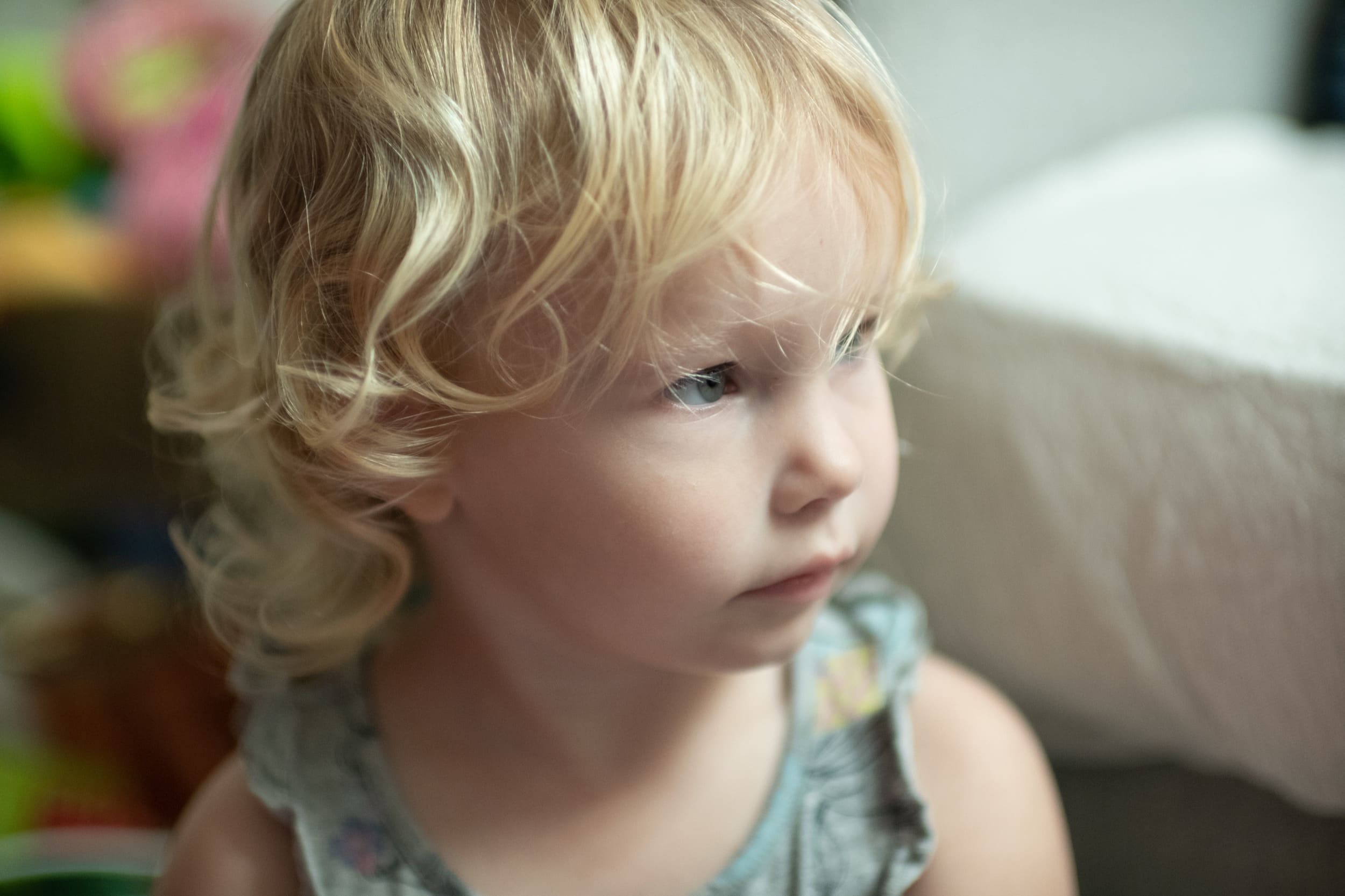

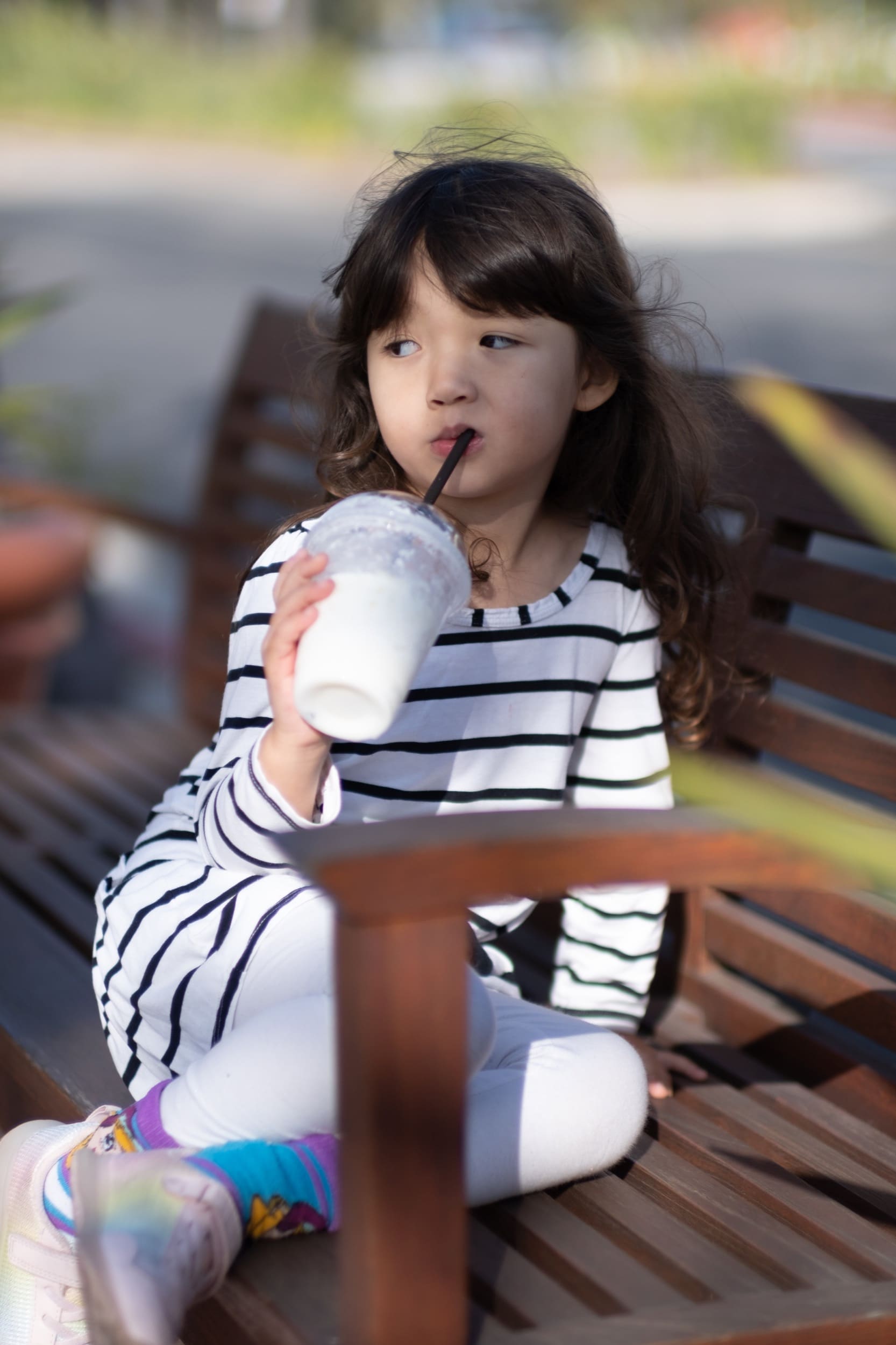
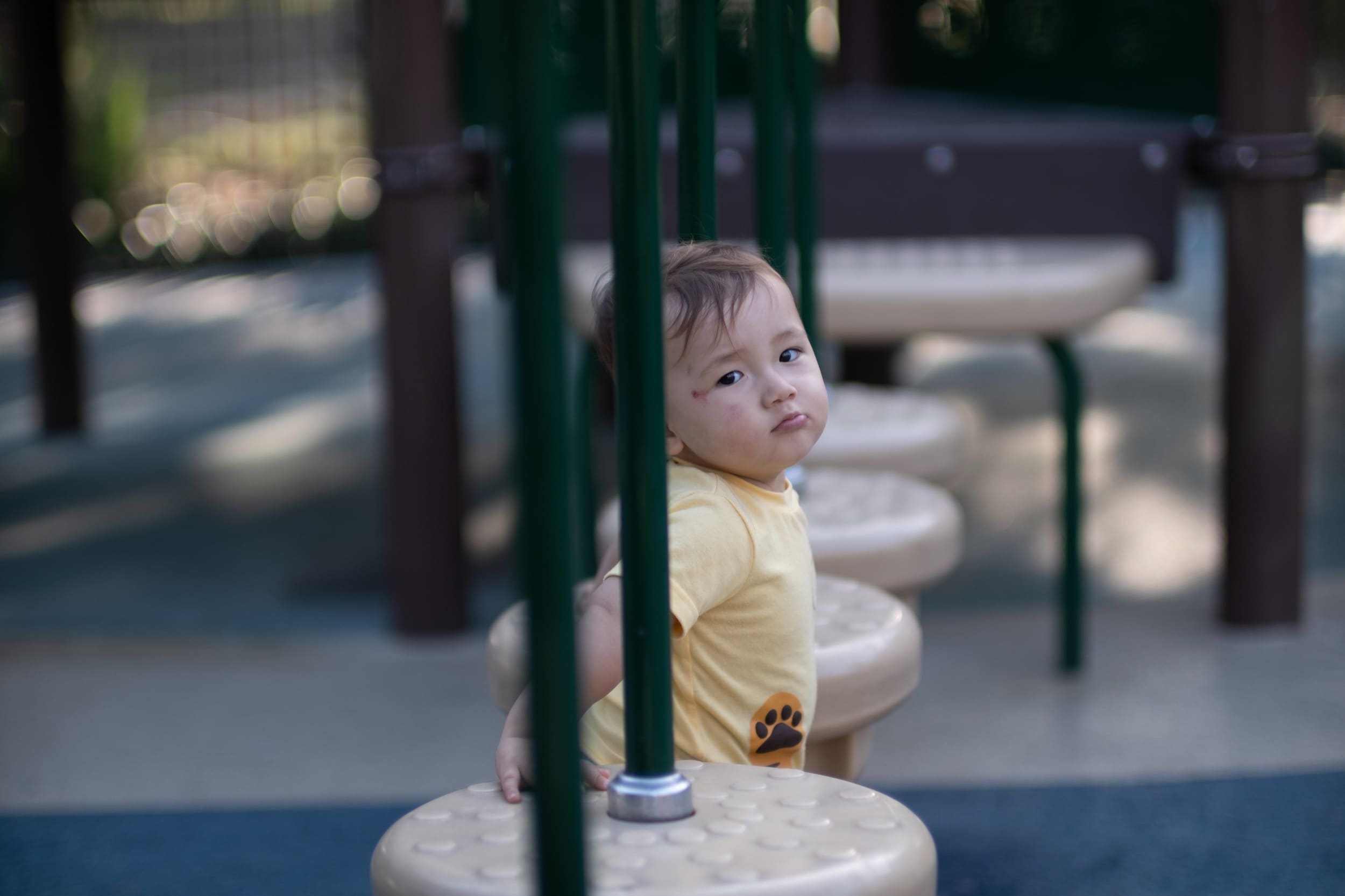


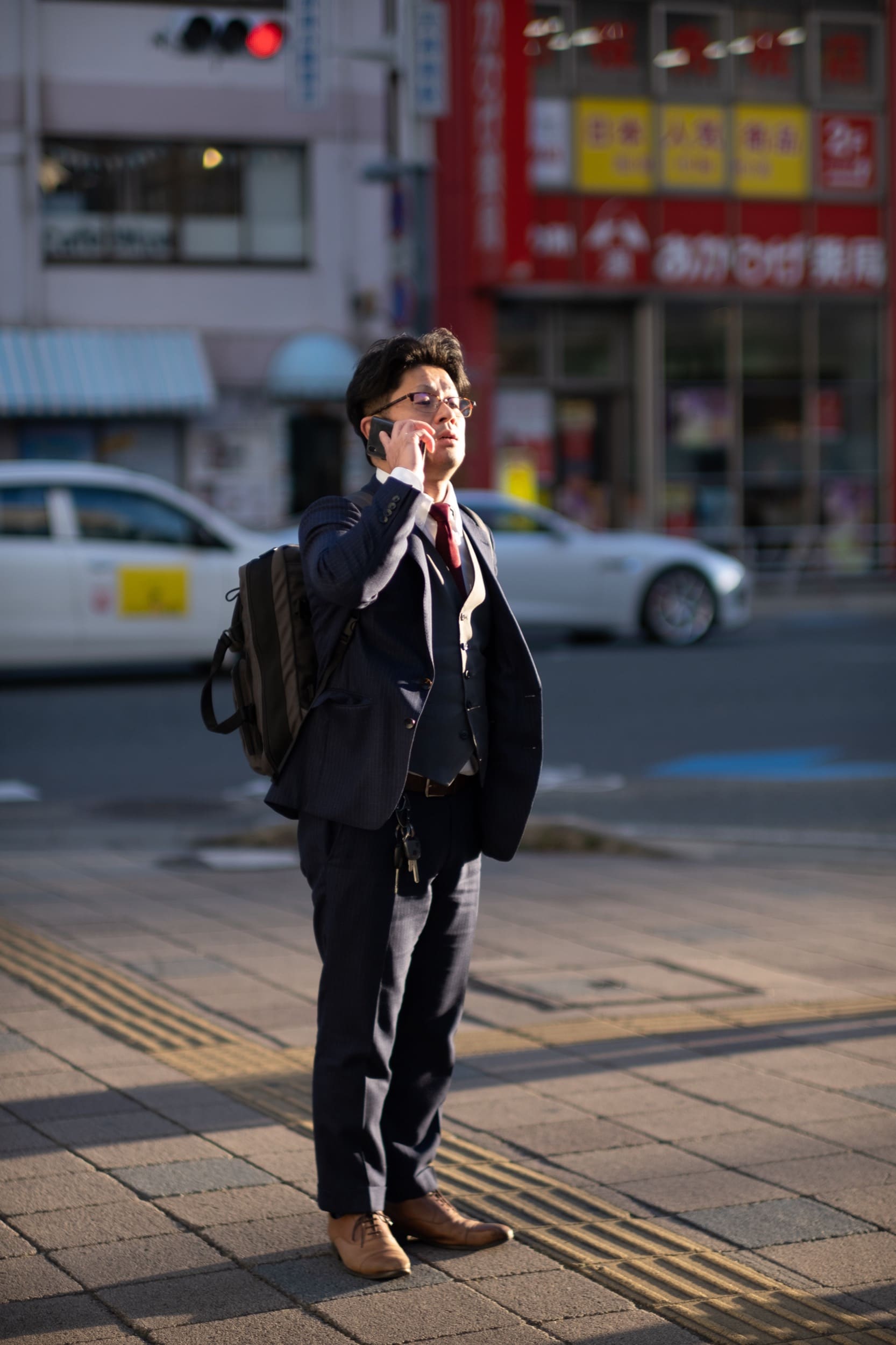
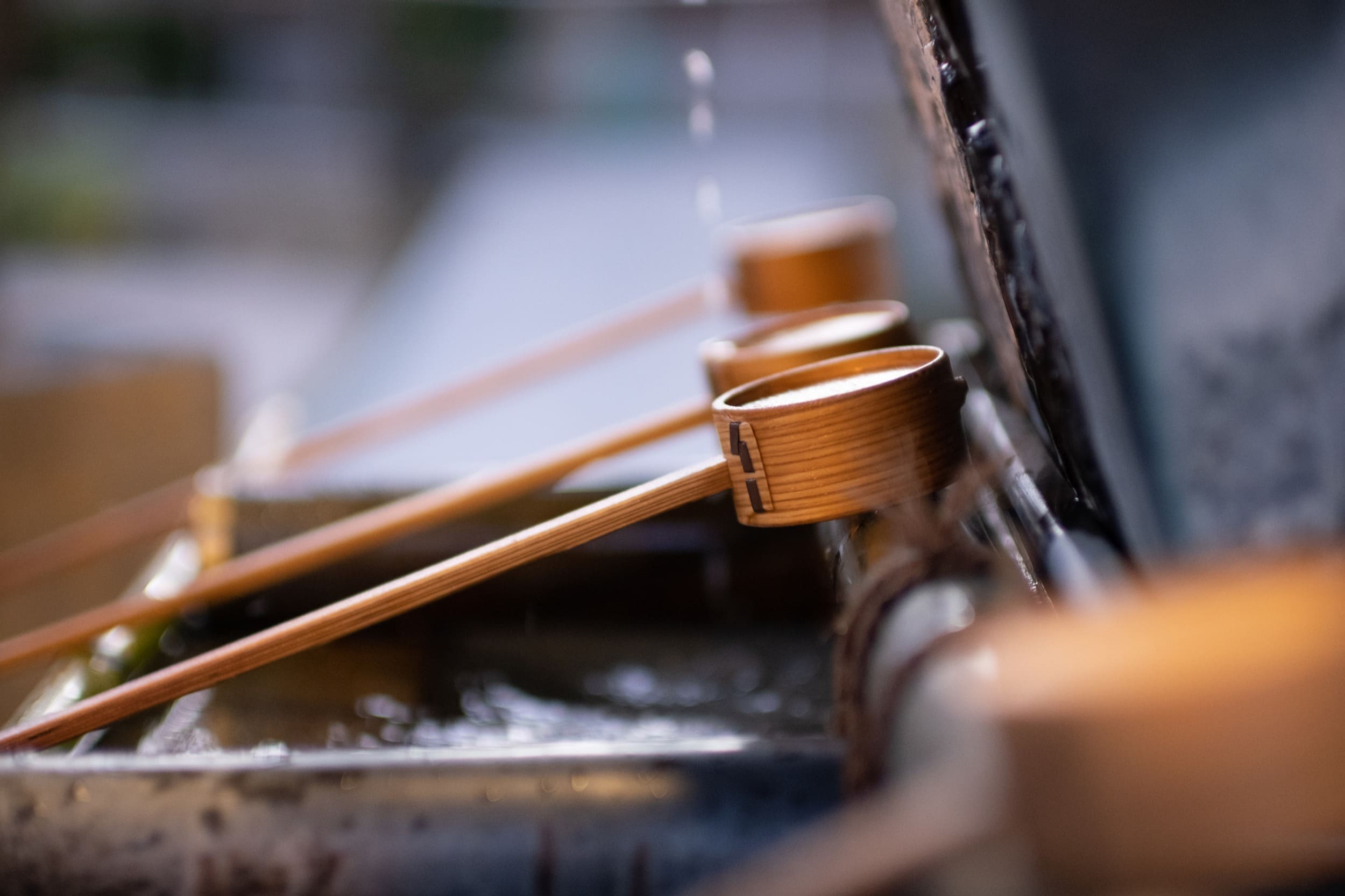

Kamlan 50mm f1.1 Review | Bottom Line
This lens is simply awesome. It has such a perfect balance between technical performance and its art and character. The only thing it’s missing that wouldn’t compromise the design is a little more throw on that focus ring. While 180 degrees is still good, I feel like I could use a little more, especially when trying to fine-tune focus on moving distant objects.
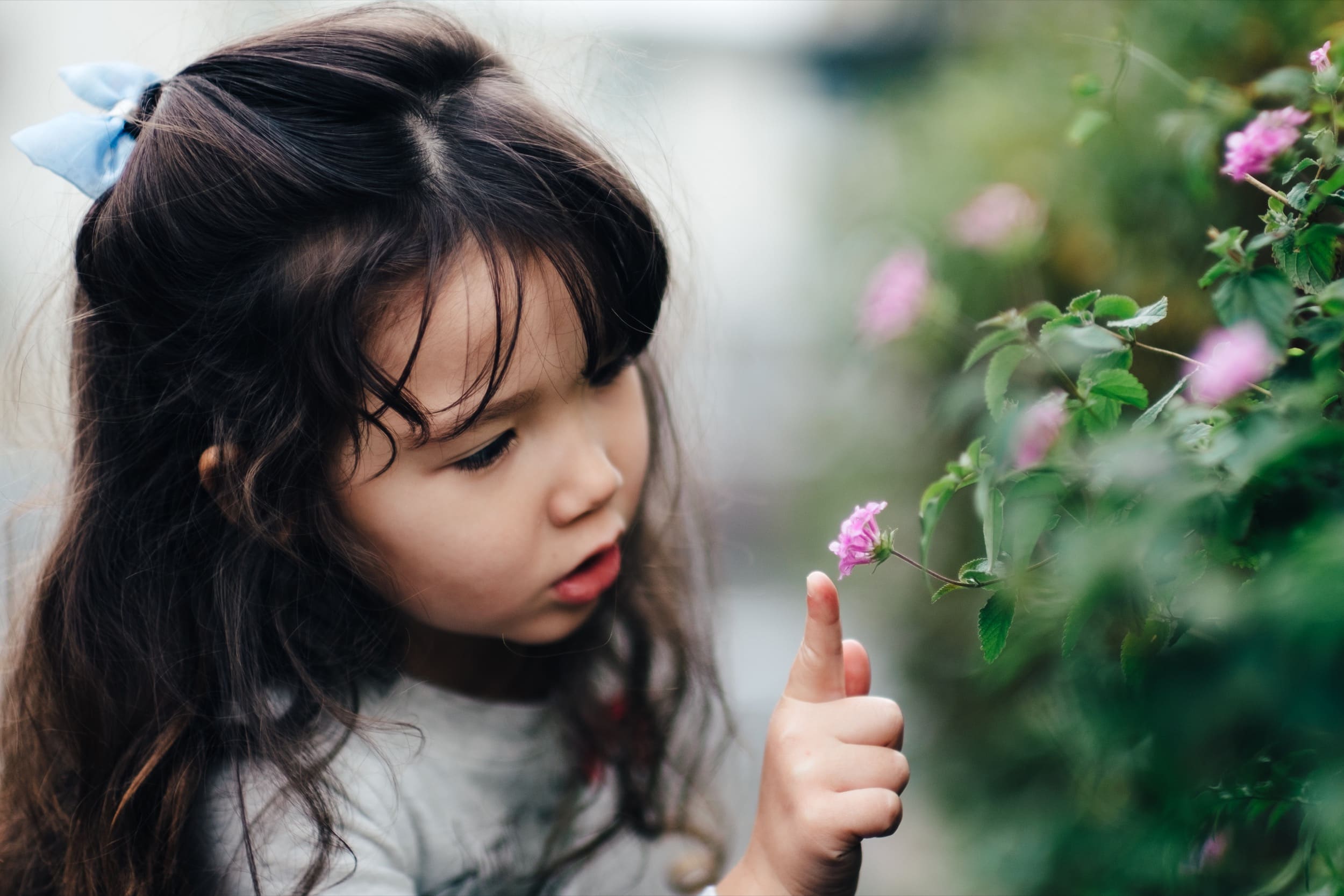
Other Lenses Like This One
Rokinon 50mm f1.2 – My review of the Rokinon 50mm f1.2 isn’t as pretty, but it’s also a really nice lens. Regarding IQ, for a third-party brand making lenses for APS-C cameras, Rokinon gets the closest to the quality of Fujinon, except they don’t feel as cool and aren’t as fun as the Kamlan lenses. Something about the Kamlan 50 makes it fun that you don’t get from the Rokinon lenses, even though their lenses are really good now.
Kipon 40mm f0.85 II – If you really want to get crazy with low light and have the cash to burn, don’t forget about the Kipon 40mm f0.85 II. Kipon lenses are very high quality. This lens CA’s like a monster, though, so bright light / high-contrast scenes aren’t going to be your friend. I think it could have benefited from using a few ultra-high refractive polymers instead of the all-glass design to keep the size down a little. I know the owner of Kipon is a purist, so what he did makes sense, and the lens is still pretty cool.
7Artisans 55mm f1.4—This one didn’t quite hit the mark for me, but many people like it for the price. Like many cheap lenses, it struggles with sharpness at a distance wide open.
Brightin Star 50mm f1.4 – I just got this lens, I’ll be reviewing it soon. So far, I think I like it more than the 7Artisans 50mm f1.4. It has a little nicer colors, a little better contrast, and bokeh. But I’ll need to do some more side-by-side comparisons.
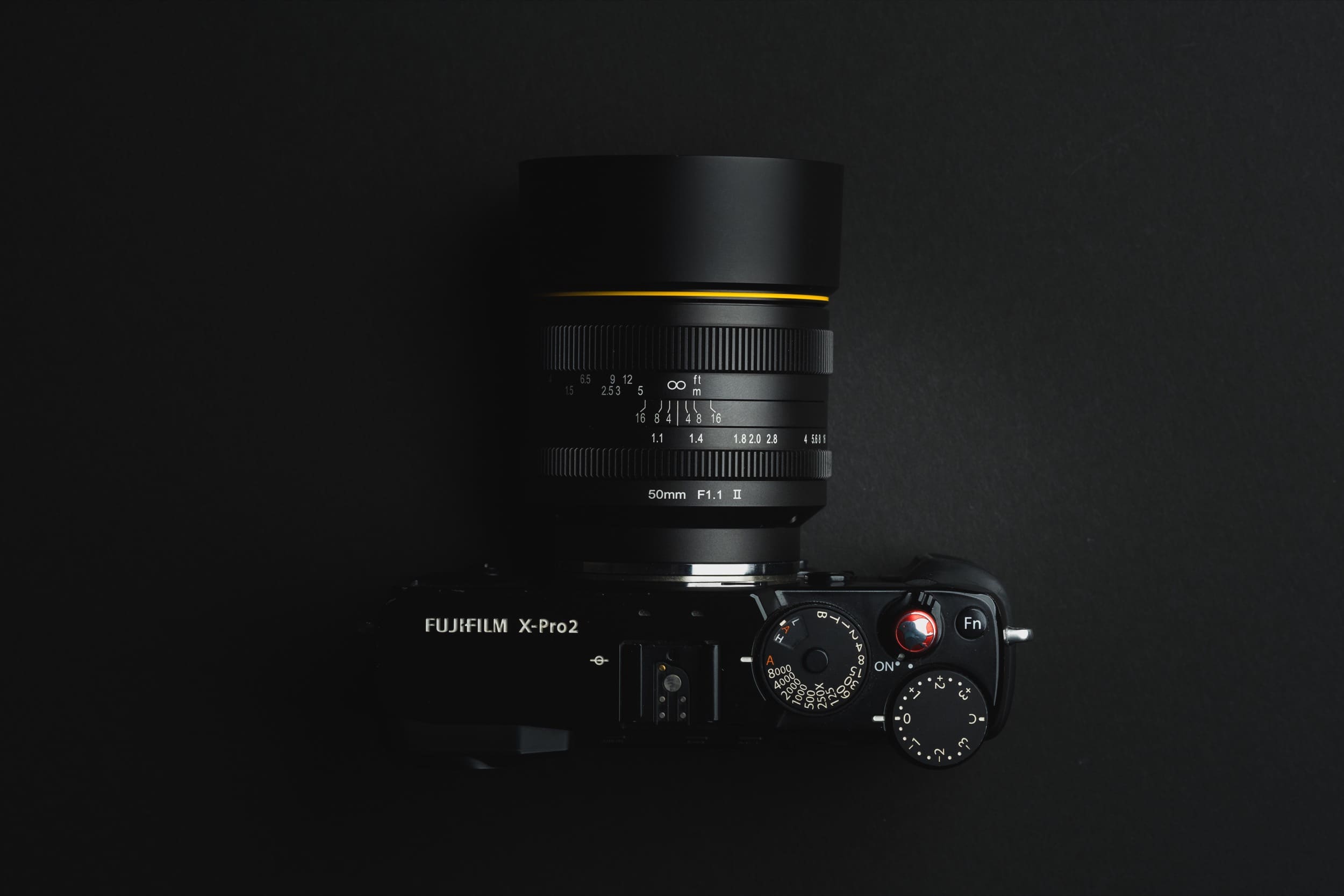
Kamlan 50mm f1.1 Sample Photos
Kamlan 50mm f1.1 II – Amazon
These samples are all shot with the X-T3 using RAW compression. I limited the shutter to 1/200. One thing great about the f1.1 aperture is that you can keep that fast street photography shutter without digging too deep into your ISO.
These are all colored with my presets. I’m experimenting with a few new looks, which is why things are a little more orange than usual. If you click the images, there should be an option to view them in full size.

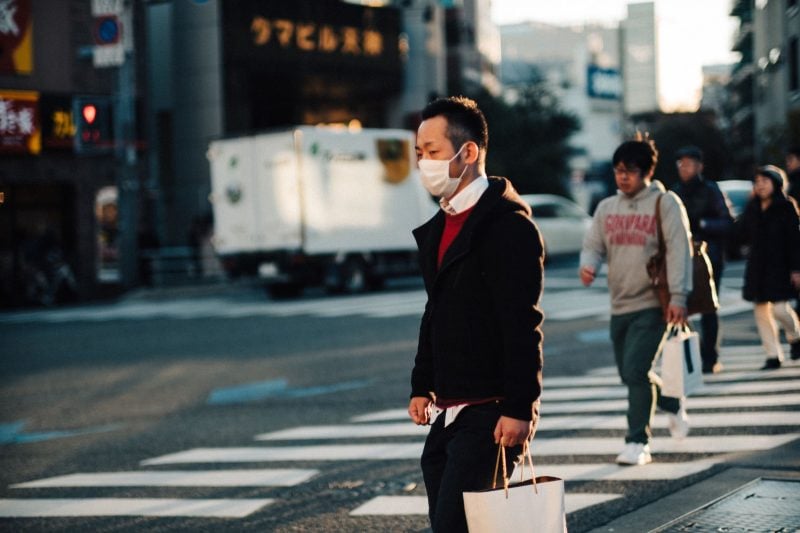
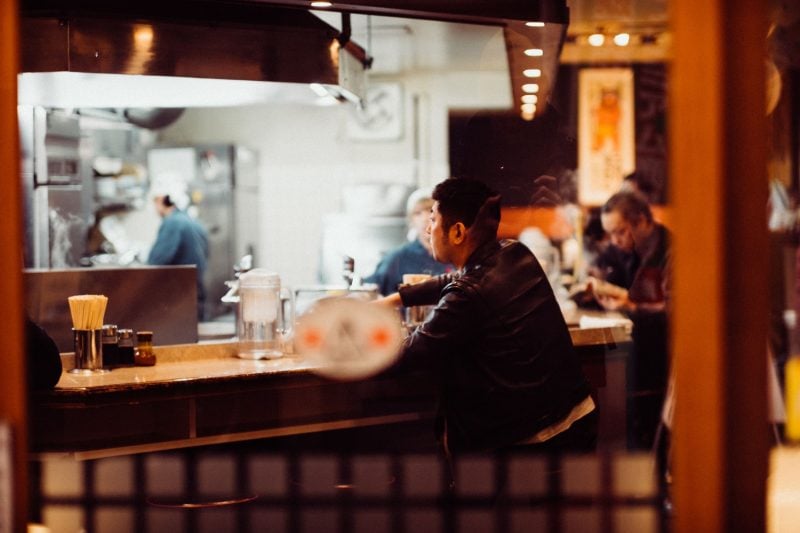

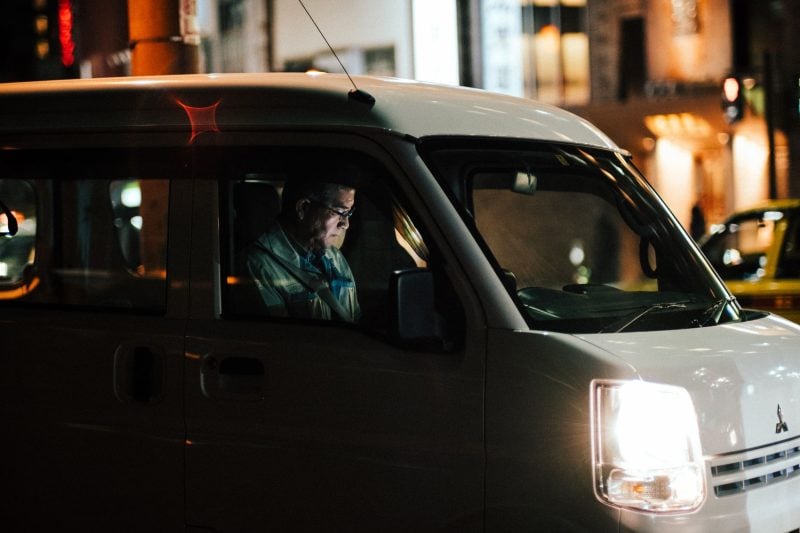

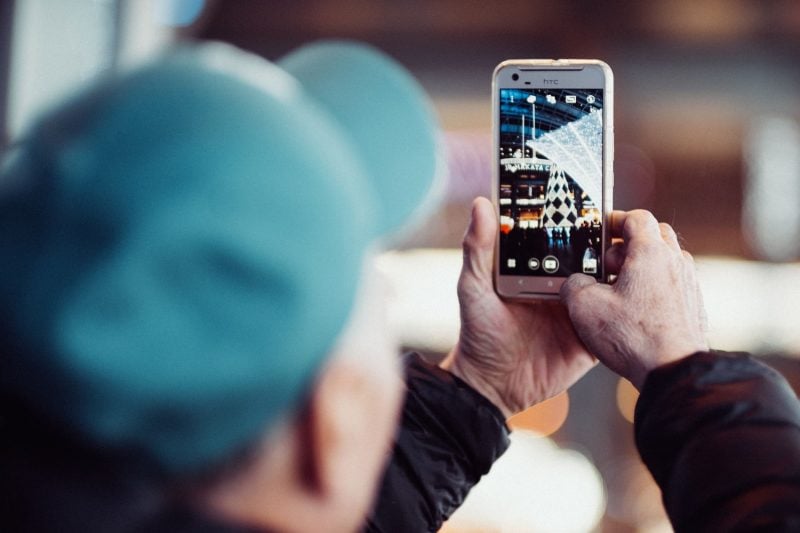
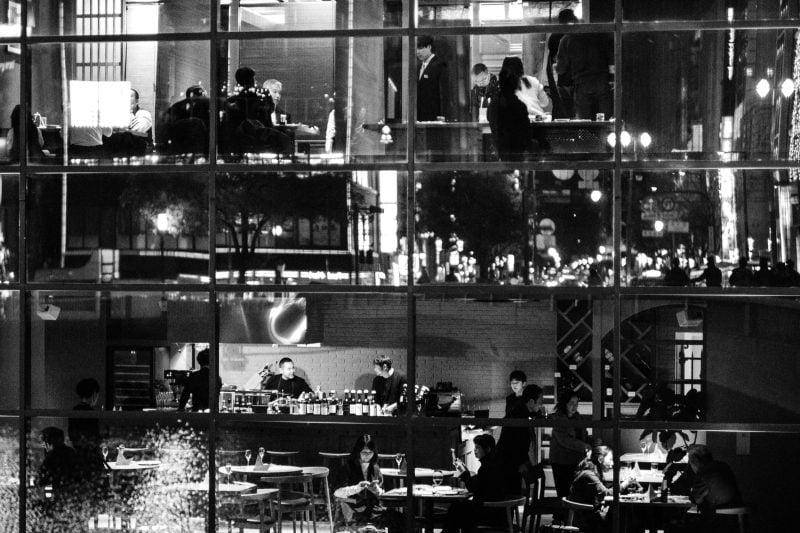
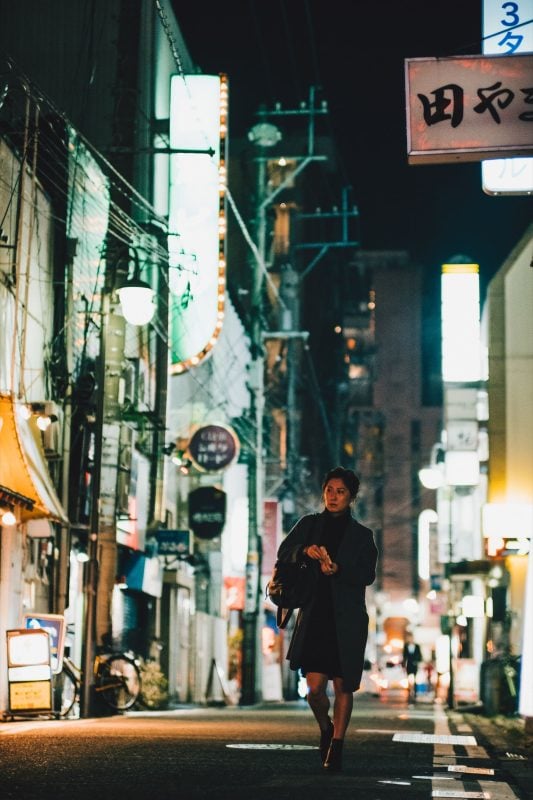
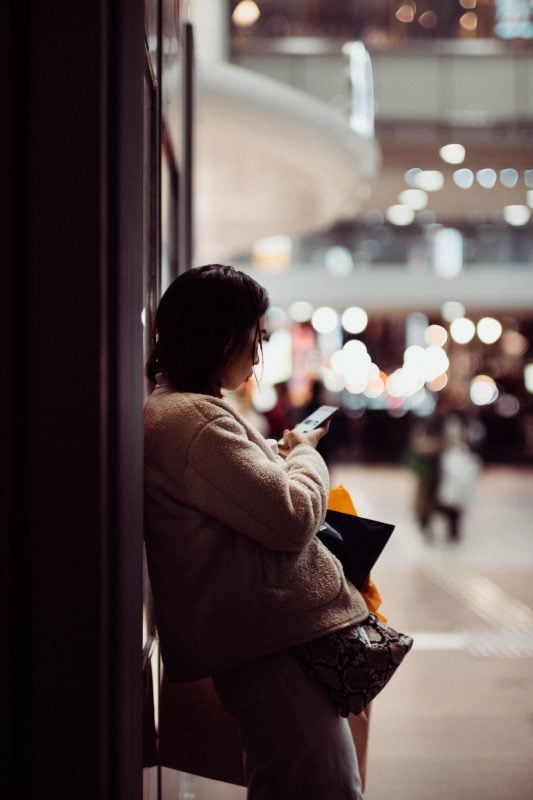
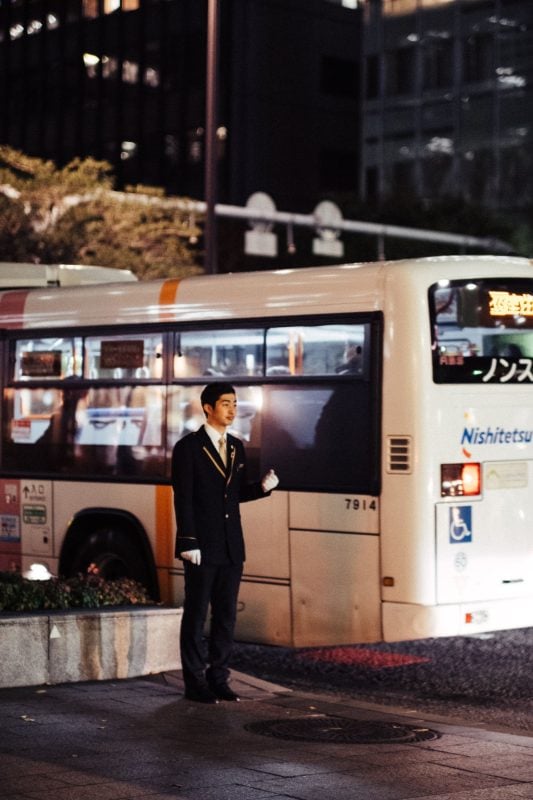
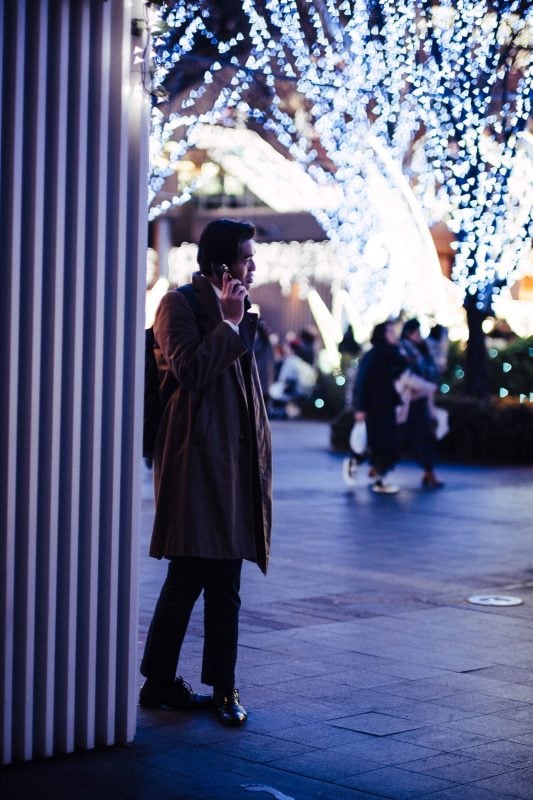
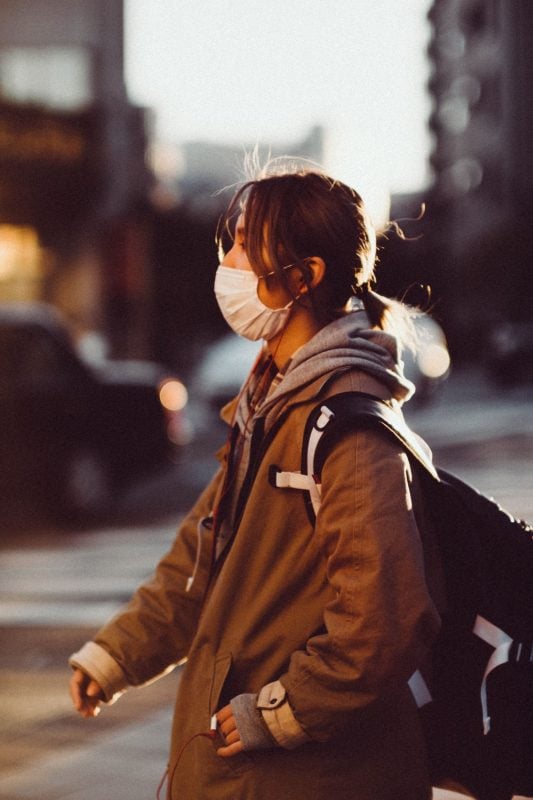
| **This website contains affiliate links. We will earn a small commission on purchases made through these links. Some of the links used in these articles will direct you to Amazon. As an Amazon Associate, I earn from qualifying purchases. |

